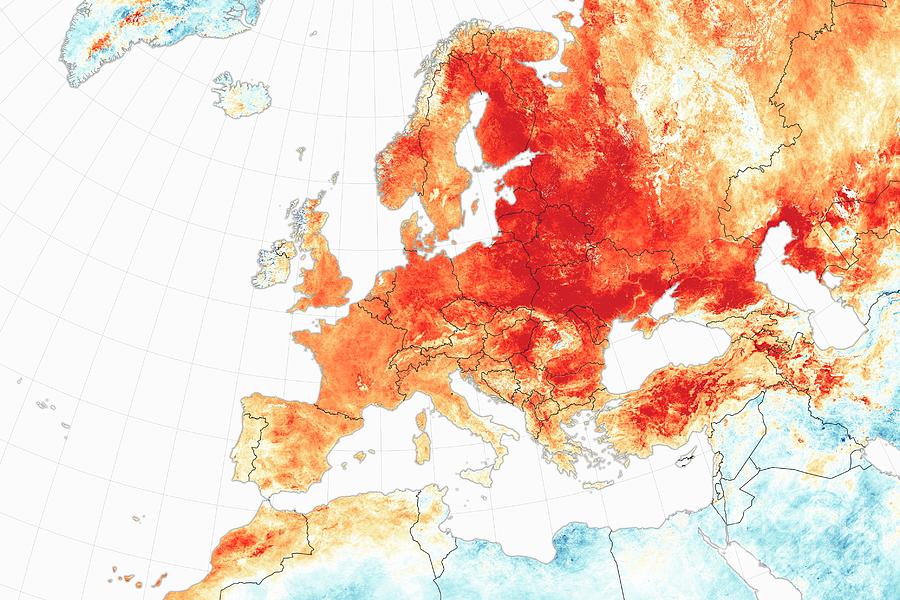Temperatures in europe in may: May Temperature Averages in European Cities
May Temperature Averages in European Cities
Average temperatures for May at major cities throughout Europe are listed below in degrees Celsius and Fahrenheit.
The cities range from Amsterdam to Zurich and from Reykjavík to İstanbul. They are listed alphabetically and you can jump ahead to the section for Amsterdam to Kiev, Leeds to Pristina and Reykjavík to Zurich.
Included in this list are Europe’s national capitals plus cities with a metropolitan population of over one million people.
The tables give the normal maximum and minimum monthly temperatures based on historical weather data collected over a long period, in most cases 30 years.
| High °F | Low °F | City | High °C | Low °C |
|---|---|---|---|---|
| 63 | 47 | Amsterdam, Netherlands | 17 | 8 |
| 67 | 48 | Andorra la Vella, Andorra | 20 | 9 |
| 75 | 60 | Athens, Greece | 24 | 16 |
| 69 | 54 | Barcelona, Spain | 21 | 12 |
| 74 | 55 | Belgrade, Serbia | 24 | 13 |
| 66 | 48 | Berlin, Germany | 19 | 9 |
| 61 | 44 | Birmingham, United Kingdom | 16 | 7 |
| 71 | 49 | Bratislava, Slovakia | 22 | 10 |
| 65 | 49 | Brussels, Belgium | 18 | 9 |
| 74 | 51 | Bucharest, Romania | 23 | 11 |
| 72 | 53 | Budapest, Hungary | 22 | 12 |
| 71 | 52 | Chisinau, Moldova | 22 | 11 |
| 66 | 46 | Cologne, Germany | 19 | 8 |
| 60 | 45 | Copenhagen, Denmark | 16 | 7 |
| 59 | 44 | Dublin, Ireland | 15 | 7 |
| 59 | 44 | Glasgow, United Kingdom | 15 | 7 |
| 64 | 45 | Hamburg, Germany | 18 | 7 |
| 60 | 41 | Helsinki, Finland | 16 | 5 |
| 72 | 56 | İstanbul, Turkey | 22 | 14 |
| 66 | 46 | Kazan, Russia | 19 | 8 |
| 69 | 51 | Kiev, Ukraine | 21 | 11 |
| High °F | Low °F | City | High °C | Low °C |
|---|---|---|---|---|
| 58 | 43 | Leeds, United Kingdom | 14 | 6 |
| 64 | 48 | Lille, France | 18 | 9 |
| 71 | 56 | Lisbon, Portugal | 21 | 13 |
| 69 | 49 | Ljubljana, Slovenia | 21 | 9 |
| 65 | 48 | London, United Kingdom | 18 | 9 |
| 62 | 45 | Luxembourg, Luxembourg | 17 | 7 |
| 69 | 51 | Lyon, France | 21 | 11 |
| 71 | 51 | Madrid, Spain | 21 | 11 |
| 61 | 46 | Manchester, United Kingdom | 16 | 8 |
| 73 | 56 | Marseille, France | 23 | 13 |
| 72 | 53 | Milan, Italy | 22 | 12 |
| 65 | 46 | Minsk, Belarus | 18 | 8 |
| 69 | 57 | Monaco, Monaco | 21 | 14 |
| 65 | 46 | Moscow, Russia | 18 | 8 |
| 64 | 45 | Munich, Germany | 18 | 7 |
| 73 | 55 | Naples, Italy | 23 | 13 |
| 69 | 57 | Nice, France | 21 | 14 |
| 65 | 47 | Nizhny & Novgorod, Russia | 18 | 8 |
| 60 | 44 | Oslo, Norway | 16 | 7 |
| 67 | 52 | Paris, France | 20 | 11 |
| 76 | 56 | Podgorica, Montenegro | 24 | 14 |
| 65 | 45 | Prague, Czech Republic | 18 | 7 |
| 69 | 47 | Pristina, Kosovo | 21 | 9 |
| High °F | Low °F | City | High °C | Low °C |
|---|---|---|---|---|
| 49 | 38 | Reykjavík, Iceland | 9 | 4 |
| 62 | 44 | Riga, Latvia | 17 | 6 |
| 75 | 51 | Rome, Italy | 24 | 11 |
| 74 | 54 | Rostov-on-Don, Russia | 23 | 12 |
| 64 | 46 | Rotterdam, Netherlands | 18 | 8 |
| 60 | 44 | Saint Petersburg, Russia | 16 | 7 |
| 70 | 49 | Samara, Russia | 21 | 10 |
| 71 | 52 | San Marino, San Marino | 22 | 11 |
| 69 | 47 | Sarajevo, Bosnia & Herzegovina | 20 | 9 |
| 74 | 52 | Skopje, Macedonia | 23 | 11 |
| 68 | 49 | Sofia, Bulgaria | 20 | 9 |
| 60 | 43 | Stockholm, Sweden | 16 | 6 |
| 59 | 41 | Tallinn, Estonia | 15 | 5 |
| 76 | 54 | Tirana, Albania | 24 | 12 |
| 69 | 51 | Turin, Italy | 21 | 10 |
| 68 | 44 | Ufa, Russia | 20 | 7 |
| 68 | 49 | Vaduz, Liechtenstein | 20 | 9 |
| 74 | 59 | Valletta, Malta | 23 | 15 |
| 70 | 52 | Vienna, Austria | 21 | 11 |
| 65 | 46 | Vilnius, Lithuania | 18 | 8 |
| 73 | 54 | Volgograd, Russia | 23 | 12 |
| 66 | 46 | Warsaw, Poland | 19 | 8 |
| 71 | 50 | Zagreb, Croatia | 22 | 10 |
| 67 | 45 | Zurich, Switzerland | 19 | 7 |
Where is hot in May in Europe
By Mark Hodson, Sunday Times Travel Writer
Q. Where is hot in May in Europe?
A.
May is one of the best months to visit the Mediterranean with long days of warm sunshine heralding the start of the summer season, but without the searing heat and humidity of July and August. In Turkey, for example, you can expect 10 hours of daily sunshine and temperatures around 26ºC. As a general rule, the further south you fly, the warmer it gets. Follow the links below for prices and dates. Travelling solo? See the best singles holidays in May.
Where’s hot in Europe in May
| Country | Destination | Average highs | Average hours of sun |
|---|---|---|---|
| Turkey | Antalya | 26°C | 10 hours |
| Kos | Crete | 24°C | 11 hours |
| Malta | Valletta | 24°C | 10 hours |
| Cyprus | Paphos | 24°C | 10 hours |
| Spain | Costa de la Luz | 24°C | 10 hours |
| Spain | Balearic Islands | 22°C | 9 hours |
-
-
1.
Southern Turkey
-
Average highs in May: 26ºC
Average daily sunshine: 10 hours
Flying time from UK: 4 hours 15 minutes (Antalya)
The Aegean Coast of Turkey is dazzling in May with guaranteed clear skies and some of the warmest temperatures in the Med. Some of the prettiest resorts include Kalkan and Fethiye near Dalaman, but if you’re chasing the sun you should consider flying a little further to Antalya in the far south where you’ll find lovely resort hotels in Belek, Side and Kemer sheltered from cooling winds by the Taurus Mountains. City breaks to Istanbul are popular in May but temperatures are a little cooler, around 21ºC. Find out more about the hottest places in Turkey in May.
-
2. Kos, Greece
Average highs in May: 24ºC
Average daily sunshine: 11 hours
Flying time from UK: 4 hours
Kos is the third largest island of the Dodecanese after Rhodes and Karpathos.
-
3. Malta and Gozo
Average highs in May: 24ºC
Average daily sunshine: 10 hours
Flying time from UK: 3 hours 10 minutes (Malta)
It’s a relatively short flight to Malta and its quieter, sister island of Gozo which is reached by a regular ferry service. This is not a fly-and-flop destination because, although the beaches are very appealing, there is so much to see and do. Malta is all about history and culture, while Gozo is a place for diving, cycling, hiking and discovering charming traditional villages.
-
4. Cyprus
Average highs in May: 24ºC
Average daily sunshine: 10 hours
Flying time from UK: 5 hours
You can’t get much further south in Europe than Cyprus, although it is a five-hour flight from the UK. Long cultural ties between the Cypriots and the British mean a warm welcome is guaranteed, and you’ll also feel very warm in the May sunshine. The sea here is around 20ºC – comfortable for a quick dip – compared to around 18ºC in other parts of the Med in May. There are some lovely villas in Cyprus or you could investigate the lovely hotels around Paphos, with its busy harbour and Roman mosaics. Sunvil has an independent walking holiday, exploring the natural wonders in Akamas National Park.
Average highs in May: 24ºC
Average daily sunshine: 10 hours
Flying time from UK: 3 hours (Gibraltar)
The Costa del Sol and the Costa de la Luz are the hottest places in Spain in May.
If you dream of white-sand beaches without the crowds, also consider the gorgeous Italian island of Sardinia where you can stay at Forte Village, one of the best beach resorts in the Med.
-
6. Balearic Islands
Average highs in May: 22ºC
Average daily sunshine: 9 hours
Flying time from UK: 2 hours 20 minutes
Summer is kicking off in the Balearic Islands and, although it’s not quite as hot as in the southern Med, it’s a very short flight with low fares from airports across the UK.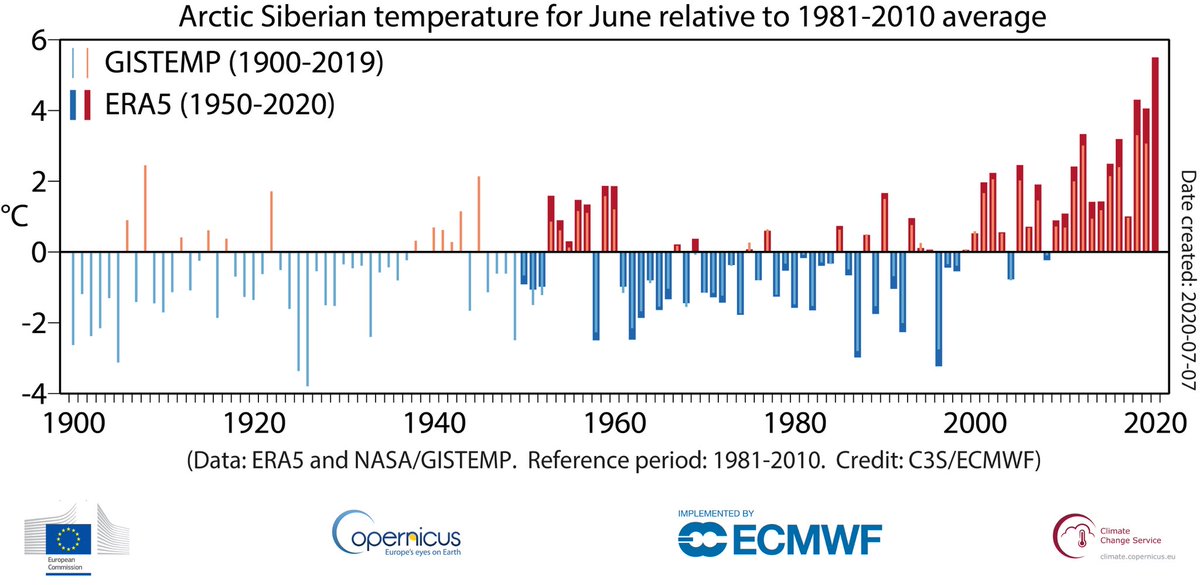
See what weather to expect in Europe in other months:
September | October | November | December | January | February | March | April
Also see the hottest places in Italy in May.
Up to 40% off your next holiday
* Did you know you can save up to 40% on holiday prices? See our latest travel deals and enter your email address below to get updates every fortnight.
Last updated: 5 July 2022
Best Places to Visit in May in Europe
311
shares
The weather is the epitome of ‘just right’ for exploration, and blooming landscapes colour the scene in the best places to travel in May in Europe.
For fragrant gardens and wildflowers peppering incredible landscapes, you could almost close your eyes, point at the map and pick anywhere on the continent. Spring is in full swing, so this is one of the top months of the year for packing your hiking boots and getting out into nature.
The Balearic and Greek Islands are gearing up for summer and, while the water is still a tad refreshing, it’s beach weather all the same. However, if you’re looking for hot places to go in May in Europe, the always-sunny Canary Islands have you covered with temperatures soaring by the minute.
No matter where you choose to go, get ready to pop on your sun hat to enjoy one of Europe’s best months of the year in the great outdoors.
Along
with cobbled streets lined with dazzling flowers, the best
places to visit in Europe in May celebrate the season with unique
festivals, gourmet food and colourful traditions.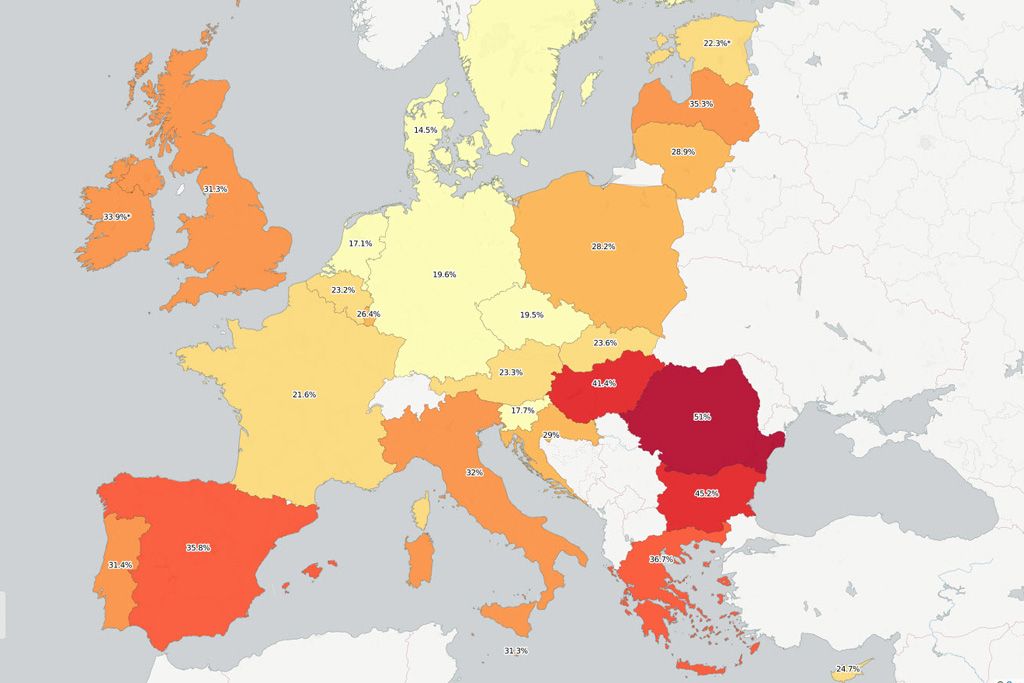
exciting anticipation in the lead up to summer, without the focus on tourism
that sometimes overwhelms peak season. Set your sights on these spectacular
spring spots.
LYON, FRANCE
The gastronomic and cultural delights of Lyon are always alluring, but it’s one of the best cities to visit in May for music fans too. The annual Nuits Sonores electronic music festival brings events, workshops and performances across five days.
Performances take place in numerous locations across the city, highlighting heritage sites, iconic landmarks and artistic culture. However, it’s not just the festival that makes this one of the best places to visit in Europe in spring.
The city’s opulent buildings are beautifully wrapped in blooms and pleasant temps are perfect for strolling or cycling among them. Rent a bike and cycle along the picturesque banks of the Rhone and the Saone, stop to smell the rose gardens at Le Parc de la Tête d’Or and find treasures in the trendy shops of bohemian Croix Rousse.
Don’t miss the chance to try the celebrated Lyonnais cuisine at a traditional bouchon.
ABRUZZO, ITALY
Abruzzo might be one of the country’s most underrated regions, but it’s also one of the best places to visit in Italy in May. Ensconced within the salty breezes of the Adriatic, the open countryside explodes in a riot of purple, pink and yellow, with poppies peeking through crumbling walls and picturesque pathways.
For hiking among wildflowers, visit the Gran Sasso National Park.
Choose to base yourself in the pretty medieval town of L’Aquila or the seaside resort of Pescara. Then, discover surrounding castles, quaint villages and caverns, like the Grotte di Stiffe with its cascading spring waterfall.
On the 1st of May, make sure you’re in the town of Cocullo, in the Majella Mountains. The annual Snake Festival celebrates San Domenico di Sora and sees live (harmless) snakes draped over the patron saint’s statue, before being released back into the wild in a religious respect for nature.
LISBON, PORTUGAL
With
its Mediterranean climate warming up to near-perfect temperatures for
exploring, Portugal is one of the best countries to
visit in Europe in May. Plus, the country’s capital is in the vibrant
grips of the yearly Iberian Mask International Festival. The Parade of the
Iberian Mask is the top event, with around 500 people displaying colourful mask
rituals from across the Iberian Peninsula.
Famous as the ‘City of Seven Hills’, the mild weather of spring is your best friend when traipsing up and down steep cobbled laneways. Stroll around Alfama and soak up the rich heritage of Lisbon’s oldest neighbourhood, shop ‘til you drop around the Baixa district’s Commerce Square and sip coffee in Chiado’s artsy cafes.
For magnificent spring views over the city, visit one or all the viewpoint terraces, known as miradouros. Jump on the historic number 28 tram when your feet need a break.
BRUSSELS, BELGIUM
If you’re looking for the most fun places to visit in Europe in May, the yearly Iris Festival in Brussels brings the party.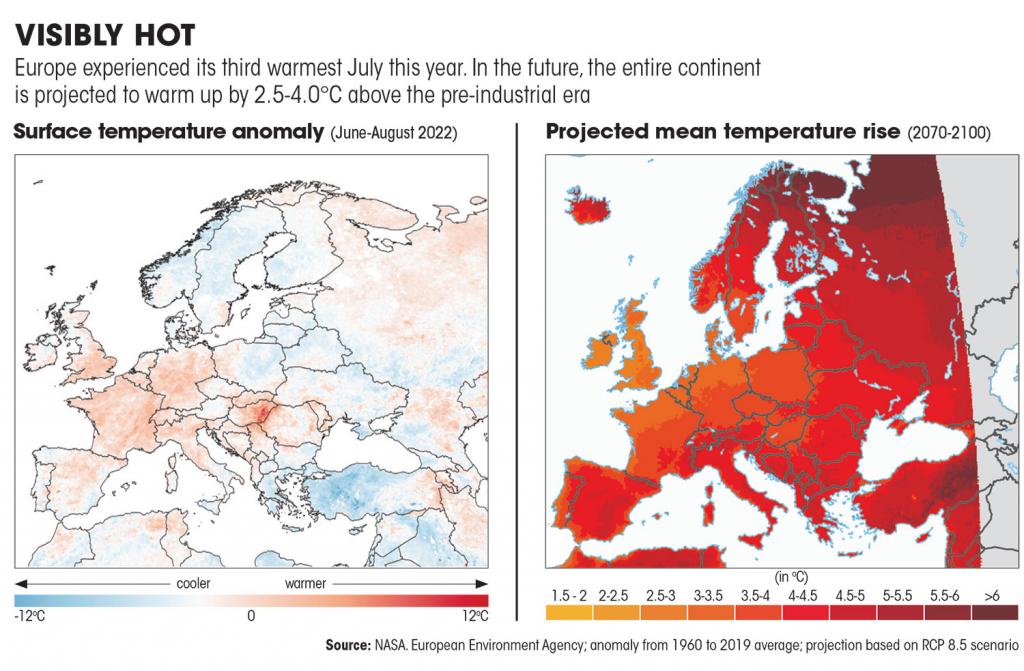
That’s not all though, as the city also lives and breathes music over the Brussels Jazz Weekend. A multitude of concerts in squares, bars and clubs highlight new and established musicians for toe-tapping fun.
Visit the castle of Grand Bigard to see Floralia, a spring flower exhibition that features tulips, hyacinths and daffodils across 14 hectares. If the weather doesn’t behave, this is one of the most interesting places to visit in Europe for indoor pursuits.
Delve into comic book heroes at the Art Nouveau Belgian Comic Strip Centre, learn the art of chocolate-making at the Choco Story Museum and sample the famous Belgian brews across the city’s fantastic beer cellars.
SAN SEBASTIAN, SPAIN
Stunning San Sebastian is a frontrunner for having the best weather in Europe in May for sightseeing.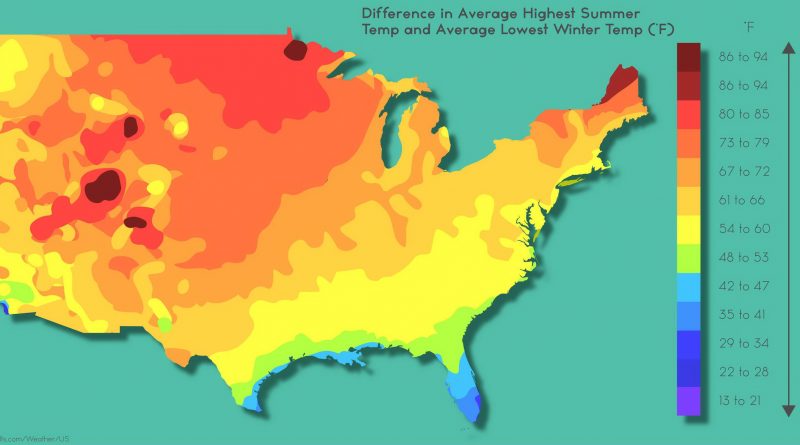
Held in late May and early June, the Olatu Talka festival hits town with cultural spaces, concerts, live music, art installations and workshops celebrating Basque heritage.
Whether or not the ocean is warm enough for you, the picture-perfect La Concha Beach and surfer’s favourite, Zurriola, await for lazy days beneath the Spanish sun. When you’re feeling active again, hire a bike to explore the coast and greenways or hike up Monte Urgull for breathtaking views at the top.
At each step of the way, treat your taste buds to the pintxos scene. You’ll smell this relative of tapas from numerous bars in the Old Town and wash each tasty morsel down with local Txakoli, Tempranillo or beer.
SARDINIA, ITALY
With dreamy weather, the Festival of Sant’Efisio and gorgeous trails for spring hiking, Sardinia is one of the best Italian islands to visit in May.
The historic capital, Cagliari, kicks off the month with the island’s premier festival, celebrating the saint who’s said to have rid the city of plague in 1656. A spectacular parade of about 5000 people winds through the streets, featuring traditional dress, colourful wagons, Sardinian pipe music, horsemen and an atmosphere that’s wholeheartedly festive.
For those looking for the best beaches to visit in May, you’ll find plenty of those here. Soak up the luxurious vibe of the Costa Smeralda, discover the hidden coves of the Golfo di Orosei and float in the serene, turquoise waters at Spiaggia Rena Bianca.
For strolling and hiking, an abundance of wildflowers surround the ancient ruins of Tharros and the Cannoneris Nature Reserve is a magical land of waterfalls, wildlife and some of Europe’s biggest holm oak trees.
Read more: Sardinia with kids / The Most Beautiful Sardinia Beaches
BRATISLAVA, SLOVAKIA
Can’t wait to take your taste buds on a journey too? Bratislava is one of the top places to visit in May for foodies.
This is the month of the Slovak Food Festival, to top off a city bursting with farmers markets and events celebrating fresh, seasonal produce. There’ll be more tasty treats at the annual Bratislava May Festival, along with concerts and fireworks over the romantic river Danube.
Then, there’s the wine. The city just happens to be surrounded by some of Europe’s most celebrated vineyards, including in the Small Carpathians Wine Region. To make sure you stay hungry for more, Bratislava is heaven for cyclists, with trails around the Danube that connect the city to Austria, Hungary and the Czech Republic.
If you’re not up for an all-out cycling adventure to a neighbouring country, hop on and off the historic Prešporáčik train to see the sights, including majestic Bratislava Castle.
Read how to plan a day trip to Bratislava here.
VILNIUS, LITHUANIA
One of the more obscure places to visit in Europe, the capital of Lithuania tends to surprise visitors with an exhilarating blend of Old Town quaintness and cutting-edge art culture.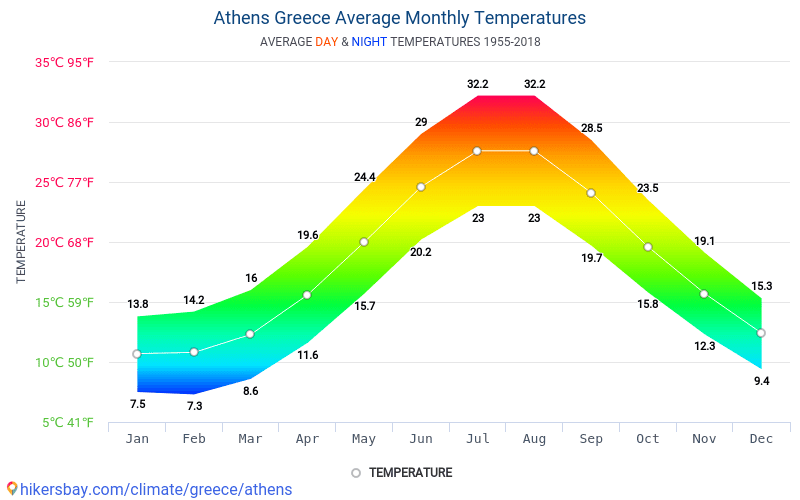
In May, the annual Skamba Skamba Kankliai Festival brings the sounds of traditional Lithuanian culture, along with international folklorists. Local handicrafts, workshops, night dances and singalongs bring young and old together, with a key concept of erasing boundaries of countries and ages.
Get up high to see the scenic charm of this city, with its red-tiled roofs, ample green spaces and towering spires, from the Three Crosses monument or Gediminas’ Tower in the Castle Complex. To combine nature and sightseeing, stroll along the riverbank and explore the haunting Bernardine Cemetery along the way.
No matter where you stay within the historic, cobbled streets, you’ll stumble across colourful political graffiti and quirky modern artworks that’ll have you reaching for the camera, time and again.
SANTORINI, GREECE
With warm, sunny weather, yet still the possibility of scoring a lounge chair on Kamari Beach, Santorini is one of the best places to visit in Greece in May.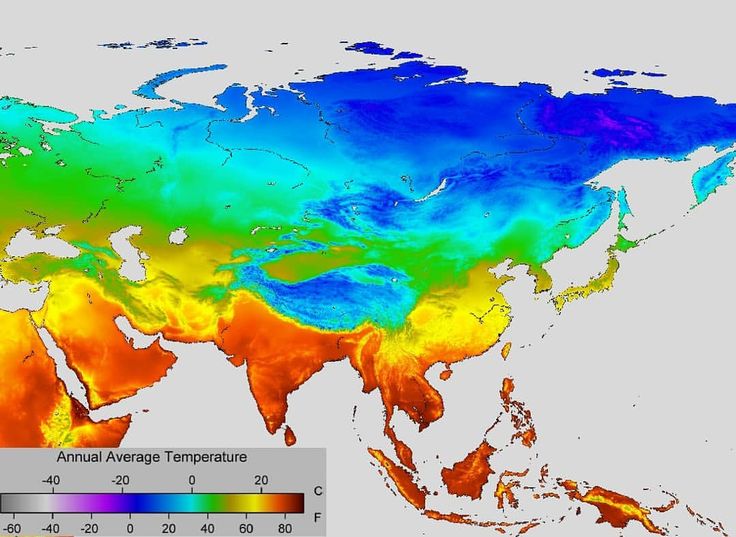
Spring covers the grassy hills in blooms throughout the perennially popular honeymoon destination. So, it’s a prime time for doing the 10-kilometre trek from Fira to Oia, ending your day at Oia Castle for what’s among the most famous sunsets in the world.
Temperatures of around 23°C are spot-on for exploring sights often overrun by tourists in the following summer months. See the remains of the ancient Minoan city, Akrotiri, that was buried under volcanic ash in 1613 BC. Explore the hidden laneways of Fira and hike the steep trail up to the Roman, Byzantine and Hellenistic ruins of ancient Thera.
Whether it’s breakfast, lunch, dinner or a bite in between, the joy of feasting on local produce, seafood and wine among the breathtaking views here can’t be overstated.
LOFOTEN ISLANDS, NORWAY
Jagged mountains, postcard-perfect villages, incredible fjords and natural light that’s driven many an artist brush to otherworldly inspiration – Norway’s Lofoten Islands are indisputably among the most beautiful places to visit in Europe.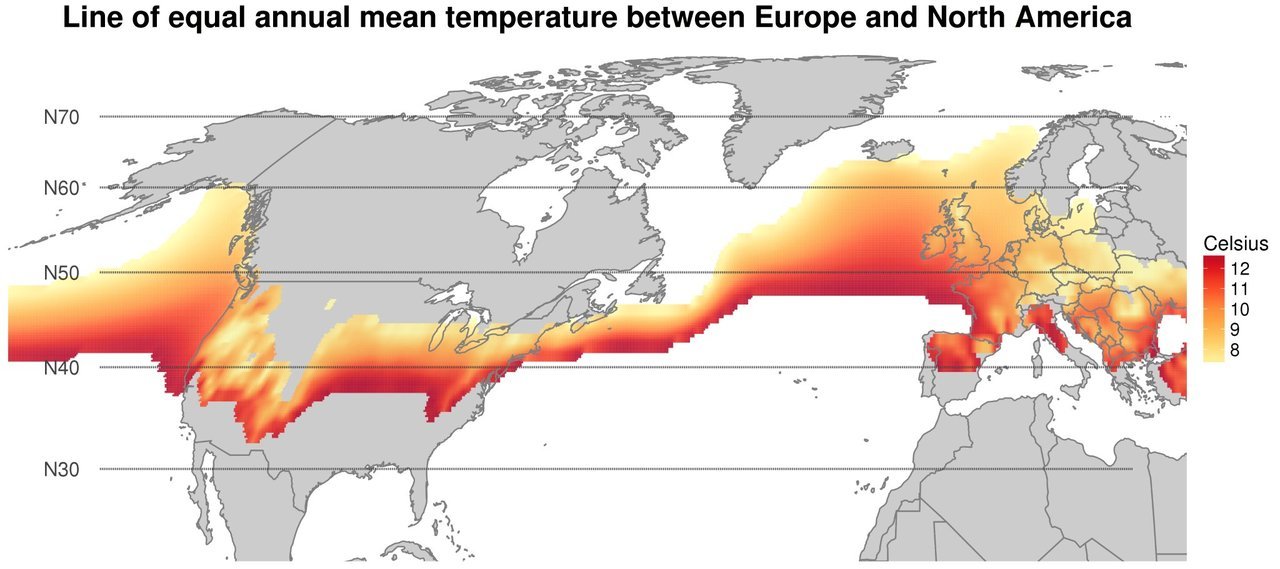
In late May you can experience the midnight sun along with the power of freshly flowing waterfalls, just to add to the extraordinary adventure that awaits here.
The main islands are connected by bridges and a road that crosses the entire archipelago, so a scenic road trip is a great way to start your explorations. Choose your preferred outdoor activity, whether it’s hiking, fishing, scuba diving or even surfing. Yes, this wildly diverse landscape even offers stunning white-sand beaches and some of the best cold-water waves in the world.
The best places to visit in Northern Europe just wouldn’t be the same without delving into the Viking Age and the Lofotr Viking Museum in Borg boasts the largest Viking-era house ever found.
Flower Festivals in Europe in May
What else makes the best places to visit in Europe in May so spectacular? Flowers of course! This month sees a colourful array of flower festivals making the most of the fragrant spring season.
Keukenhof, Netherlands
No less than 7 million flower bulbs explode in
a riot of colour throughout Keukenhof, better known as the ‘Garden of Europe’.
It’s open from late March to early May each year in the town of Lisse, a short
drive from Amsterdam.
ExpoRose,
France
This is the month of the romantic rose in the
world’s perfume capital. Grasse honours the flower with a festival each May,
including rose-themed gifts, rose-flavoured food and cut roses decorating the
already-atmospheric town.
Temps
de Flors, Spain
Flower-power fills the medieval streets of
Girona at this annual flower festival in May. Fun festivities join extravagant
floral exhibits scattered across the town’s historic sights.
Chelsea
Flower Show, UK
One of the most famous flowery festivals in the
world, London’s prestigious Chelsea Flower Show features horticultural displays
on the grounds of the Royal Hospital.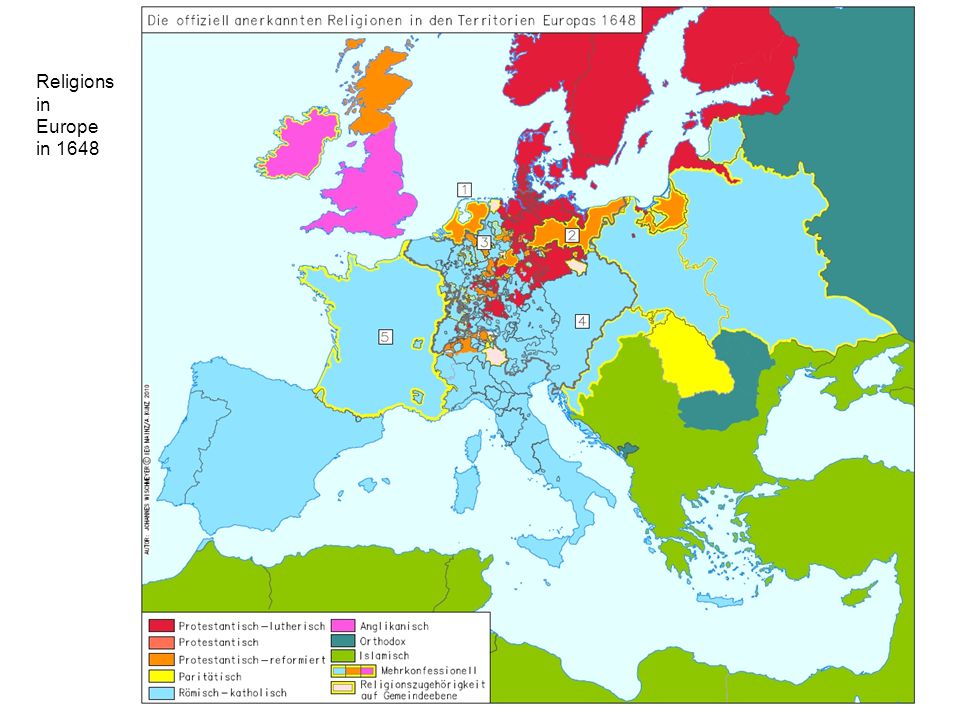
garden trends and the best works of some of the world’s top landscapers.
Chantilly
Flower Show, France
Most recently held in the magnificent grounds of the Chateau de Chantilly, exhibitors, workshops and conferences showcase everything horticulture and floriculture at the spring edition festival in May each year. Chantilly is an easy drive or train ride from Paris.
Spend your time stopping to smell the roses, hike to the heights of majestic mountains or frolic at festivals. Whatever you choose to do, Spring serves up the holiday fun on a backdrop of gorgeous weather and seasonal joy in the most amazing places to visit in Europe in May.
Pin this for later!
311
shares
May 2021
Click on the figures for larger ones.
Cold May 2021
In May 2021, most of Europe experienced below-average temperatures with the centre of the temperature anomaly located over Germany (Figure 1).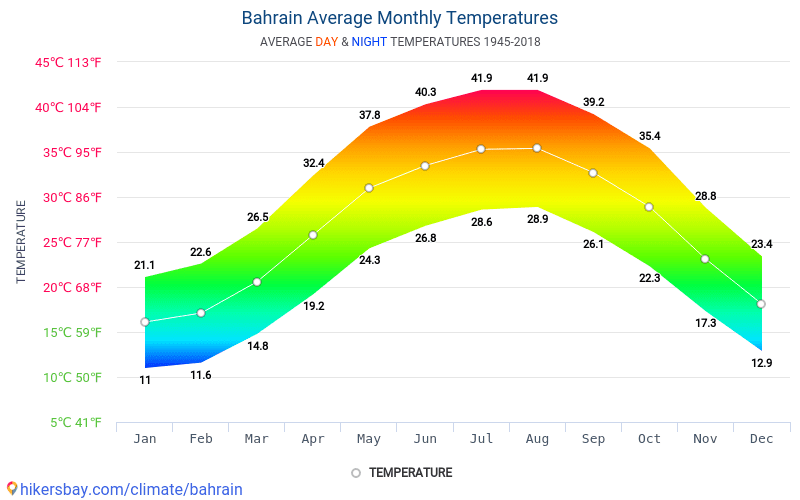
Together with a cold April and an average March, spring 2021 was unusually cold in many European countries. Austria and Switzerland recorded the coldest spring since 1996 and 1987 respectively. In the Netherlands it was the coldest spring since 2013, in Germany since 2006.
Figure 1: May 2021 average temperature difference from reference period 1981-2010 (E-OBS)
Specific climate indicators for May 2021
A heatwave in the eastern Mediterranean region with quite high temperatures for the season, expanded to Greece and Italy, and later also to the South Caucasus, southern and central European Russia.
On the contrary there was a cold wave in Northern, Western and Central Europe. After a short interruption after the first week, the cold weather continued also later in the month.
Some regional or local, but remarkable heavy rain events occurred in various parts of Europe, especially in the first half of the month. Poland, Romania, France and Slovakia reported heavy rainfall. Using the Precipitation wet days index (Figure 2) and the R10 heavy rain index (Figure 3) these areas can be recognized. If we consider the anomalies on the right, this is above the 30-years average.
Figure 2: PRCPTOT: Precipitation in wet days in May 2021 (left) and anomaly w.r.t. 1981-2010 (right)
Figure 3:R10mm: Heavy precipitation days in May 2021 (left) and anomaly w.r.t. 1981-2010 (right)
The weather in May 2021
Temperature deviations and extremes
The monthly mean temperature for May was lower than normal over large parts of Europe (Figure 4). Exceptionally below average maximum temperatures occurred over the Czech Republic and Austria (see Figure 5) where temperatures were more than 2 °C below normal. Southerwestern and the eastern parts of Europe, on the contrary, saw warmer than normal mean temperatures in May. Over Iberia and eastern parts of Russia both minimum and mean temperatures were even exceptionally above average with temperatures locally around 2°C above the long-term average.
Figure 4: May 2021 minimum (left), average (middle), and maximum (right) temperature differences from reference period 1981-2010 (E-OBS)
Figure 5: Areas with exceptional low and high monthly averaged minimum temperature (left), mean temperature (middle), and maximum temperature (right) in May 2021 (Based on E-OBS). The qualifications “exceptionally above (below) average”, much above (below) average, slightly above (below) average and normal relate to the percentile ranges >90 (
Figure 6: Lowest minimum temperature (TNn, left), and highest maximum temperature (TXx, right) in May 2021.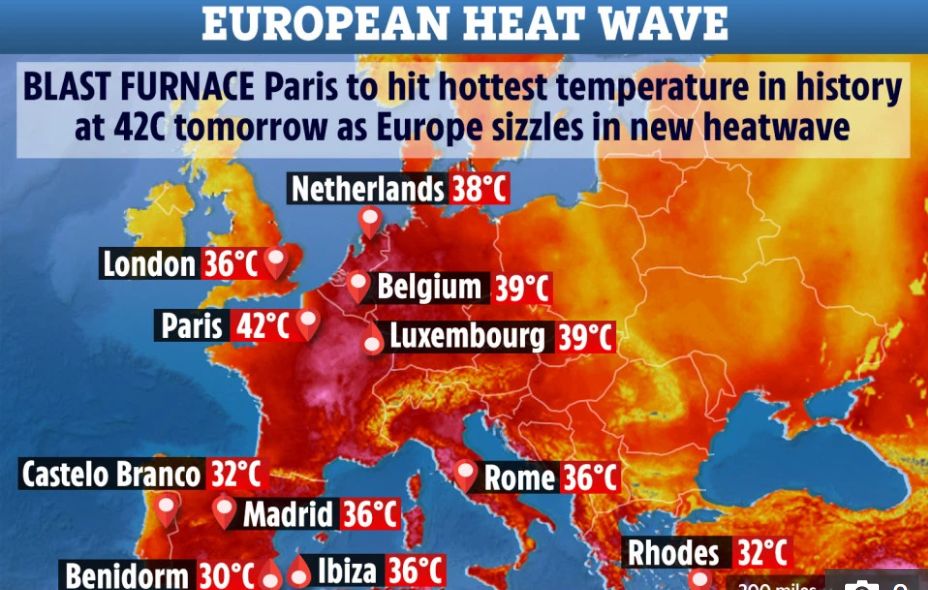
Figure 7: Areas with exceptionally low temperatures of the coldest night (TNn, left), and exceptionally warm temperatures of the warmest day (TXx, right) in May 2021 (Based on E-OBS)
Evolution of the European land-surface temperature
Figure 8 (left panel) shows the European-averaged temperature from 1950 onward, where blue bars show temperatures which are below the 1981-2010 average and red bars above this mean value. The green bar is the provisional 2021 estimate, based on data until the end of May and climatological means for the remaining months. The grey bars in the panel indicate the estimated uncertainties which take into account the errors introduced by spatial interpolation over areas without observation stations, inhomogeneities in the temperature data that result from station relocations / changes in measurement instruments etc., and biases due to urbanisation, as documented in Van der Schrier et al.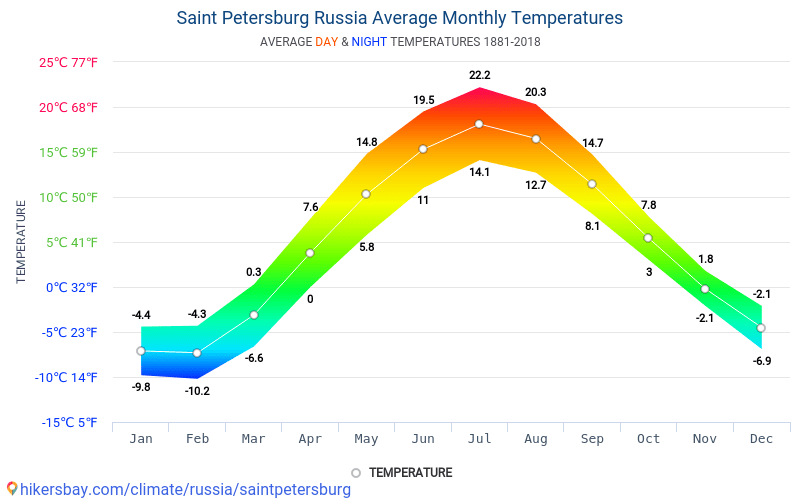
The right panel of Figure 8 shows the daily temperature, averaged over Europe, for the past 12 months.
Figure 8: European land surface temperature: annual anomalies with the current year in green. The grey bands show the uncertainty in the averaged temperature (left). Daily anomalies with respect to the seasonal cycle until the end of May 2021 (right). (Based on E-OBS)
Precipitation
May was mostly wetter than normal over Europe, especially in the east and parts of central Europe where monthly totals were exceptionally above average. Lower than normal precipitation totals occurred over southern parts, especially over Iberia. Spain for example received only 57% of the normal precipitation amounts (reference period: 1981-2010).
Figure 9: Monthly average precipitation sums over Europe and highest 1-day (RX1day) and 5-day sums (RX5day) in May 2021 (Based on E-OBS).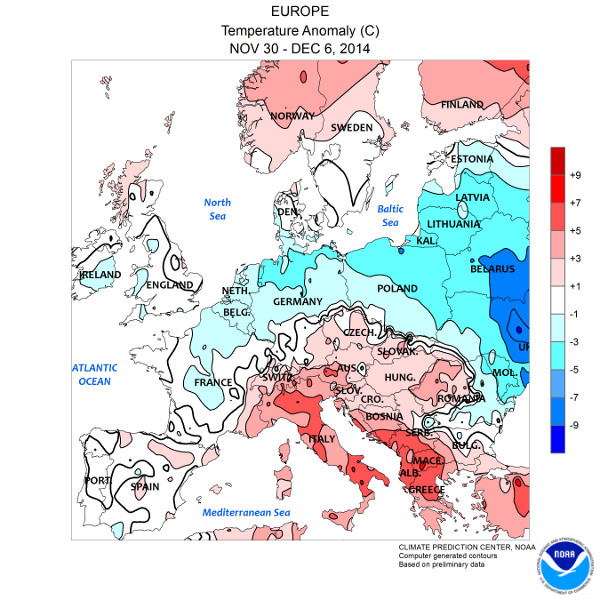
Figure 10: Areas with exceptional amounts of precipitation per month (RR sum, left), maximum in 1 day (RX1day, middle) and maximum over 5 days (RX5day, right) in May 2021 (Based on E-OBS)
Figure 11: Precipitation fraction in May with respect to 1981-2010 per year. Top row: Northwest Europe, Central Europe, Northeast Europe. Bottom row: Southwest Europe, Region definitions, Southeast Europe. (Based on E-OBS)
Radiation and Cloudiness
May was more cloudy and thus less sunny than normal over Central, Northern and Eastern Europe resulting in radiation deficits larger than 30 W/m². The southern parts of Europe and western parts of Norway mostly saw sunnier (less cloudy) than normal conditions with largest anomalies occurring over the southeast, for example in Turkey and Greece, with radiation surpluses of up to 50 W/m².
Figure 12: Monthly map of global radiation (left) and its anomaly (right, with respect to 1981-2010) (Based on E-OBS)
Figure 13: Monthly map of surface incoming shortwave radiation (left) and its anomaly (right, with respect to 1983-2005) (METEOSAT Seviri/Mviri product, source CM SAF)
Figure 14: Monthly maps of cloud cover (left) and its absolute anomaly (right, with respect to 1982-2009) (AVHRR, source CM SAF)
About the Copernicus State of the European Climate
Monthly and yearly State of the European Climate bulletins are prepared for audience of mainly non-meteorologists/climatologists interested in impact of weather and climate.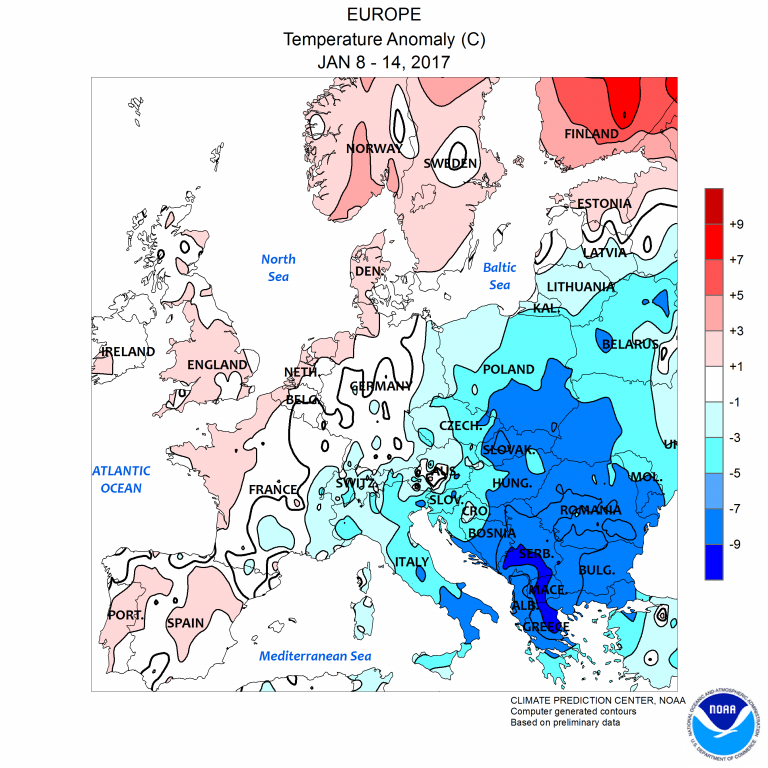
Surface air temperature for May 2022
cross
close
image/svg+xmlEuropean Commission
Copernicus | Europe’s eyes on Earth
IMPLEMENTED BY ECMWF
Globally, May was the fifth warmest on record, joint with May 2018 and 2021. In southwestern Europe, temperatures were much above average, associated with a heatwave which broke national and local records for daily maximum and minimum temperatures. Temperatures were also much above average in a band stretching southward from western Siberia across Central Asia to northern India and Pakistan, over the Horn of Africa, southern USA and Mexico, as well as Antarctica.
For Europe as a whole, spring temperatures were just below the 1991-2020 average. There were large regional differences, with parts of western Europe seeing much above average temperatures, while the central and eastern parts were below average. For Pakistan and north-west India, located within a larger region of unusual warmth, the season was characterized by long-lived heatwave conditions and record-breaking averages of maximum and minimum temperatures.
May 2022
Surface air temperature anomaly for May 2022 relative to the May average for the period 1991-2020. Data source: ERA5. Credit: Copernicus Climate Change Service/ECMWF.
DOWNLOAD THE ORIGINAL IMAGE
DOWNLOAD THE ORIGINAL IMAGE
Surface air temperature anomaly for May 2022 relative to the May average for the period 1981-2010.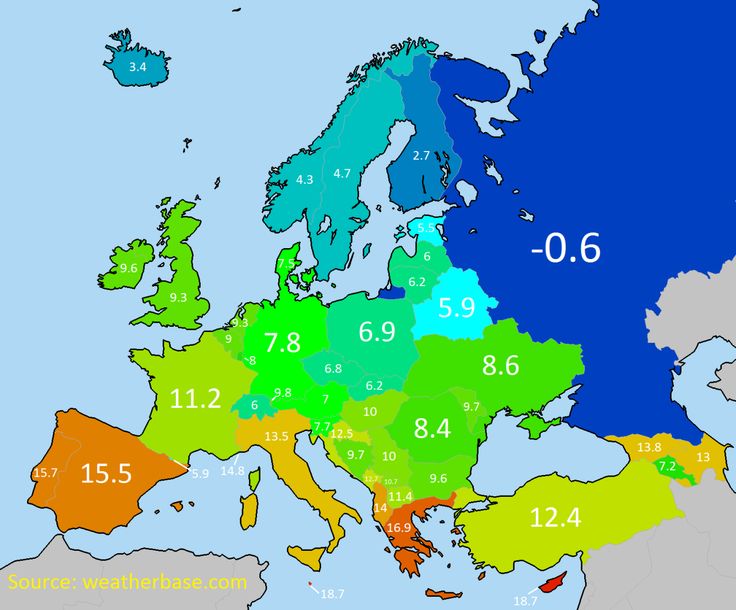
DOWNLOAD THE ORIGINAL IMAGE
DOWNLOAD THE ORIGINAL IMAGE
Temperatures in May 2022 varied considerably across Europe relative to their average values for 1991-2020. Record-breaking high values were experienced over the south-west of the continent, which came under the influence of winds from the Sahara that was hotter than average in the far west. France experienced its warmest May in records dating back to 1900, with numerous local records broken. In Spain the city of Jaén experienced both its hottest ever May day and the highest daily minimum temperature ever recorded in May in mainland Spain. Portugal reported a heatwave in the first half of the month and an exceptionally hot night later in the month. The United Kingdom had a less extreme average temperature, the fifth highest on record for May, but the highest recorded average daily minimum temperature for the month, associated with higher-than-average cloud cover.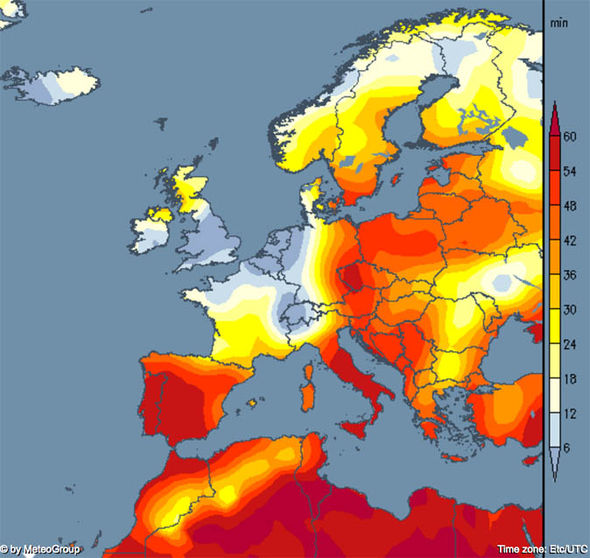
The largest anomalies occurred in polar regions. Temperatures were most above average over north-western and eastern Siberia, part of the Nunavit and Northwest Territories of Canada and much of Antarctica, especially over the Ross Ice Shelf. Actual temperatures were unusually high over several regions of the northern tropics and extratropics, with new local records for high temperature, and accompanying drought in places. Aside from south-west Europe, these regions include, Morocco and bordering regions, South Sudan, Ethiopia and Somalia, Pakistan and countries to its north and northeast, as well as Texas and neighbouring parts of North America. Parts of northern Australia also experienced record average daily maximum temperatures.
May 2022 was colder than the 1991-2020 average over western and north-eastern Canada, Greenland and much of the Arctic Ocean, and over several other land regions, including parts of northern and southern Africa, southern and eastern Asia, most of South America and parts of southern Australia and East Antarctica.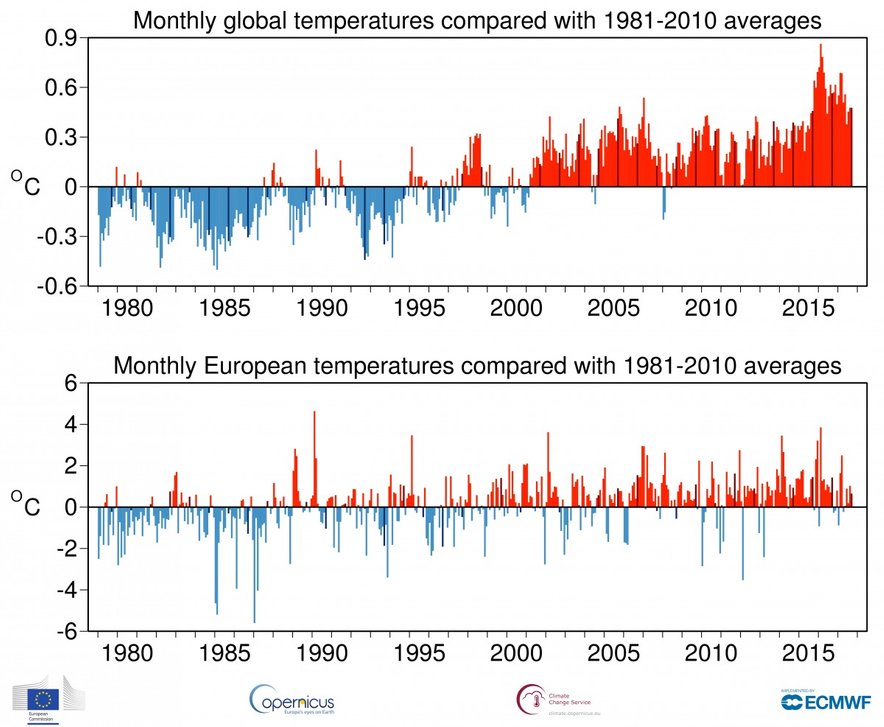
Air temperatures were substantially above average over parts of all the major ocean basins, particularly over regions in the eastern North and South Pacific, around Japan, between Australia and New Zealand, and along much of the coast of Antarctica. Below-average marine air temperatures were located in the tropical and southern sub-tropical eastern Pacific, indicative of continuing La Niña conditions. It was especially cool off the coasts of Ecuador and Peru.
Monthly global-mean and European-mean surface air temperature anomalies relative to 1991-2020, from January 1979 to May 2022. The darker coloured bars denote the May values. Data source: ERA5. Credit: Copernicus Climate Change Service/ECMWF.
ACCESS TO DATA | DOWNLOAD THE ORIGINAL IMAGE
Monthly global-mean and European-mean surface air temperature anomalies relative to 1981-2010, from January 1979 to May 2022. The darker coloured bars denote the May values.
ACCESS TO DATA | DOWNLOAD THE ORIGINAL IMAGE
Globally, May 2022 was:
- 0.26°C warmer than the 1991-2020 average for May
- the fifth warmest May on record, jointly with 2018 and 2021
- 0.2°C cooler than the warmest May, which was in 2020
- cooler than the Mays of 2016, 2017 and 2019.
European-average temperature anomalies are generally larger and more variable than global anomalies. The European-average temperature for May 2022 was about .29°C higher than the 1991-2020 average. The month was 1.8°C colder than the warmest May, which occurred in 2018.
Boreal spring – March 2022 to May 2022
Surface air temperature anomaly for the boreal summer from March 2022 to May 2022 relative to the average for 1991-2020. Data source: ERA5. Credit: Copernicus Climate Change Service/ECMWF.
DOWNLOAD THE ORIGINAL IMAGE
DOWNLOAD THE ORIGINAL IMAGE
Surface air temperature anomaly for the boreal summer from March 2022 to May 2022 relative to the average for 1981-2010. Data source: ERA5. Credit: Copernicus Climate Change Service/ECMWF.
DOWNLOAD THE ORIGINAL IMAGE
DOWNLOAD THE ORIGINAL IMAGE
Temperatures for the boreal spring of 2022 were predominantly above the 1991-2020 average for the season. They were particularly above average over a region comprising eastern Iran, Pakistan, North-West India, Afghanistan, Tibet and Qinghai, and over parts of the Antarctic. Temperatures were also well above average over north-western and eastern Siberia, southern North America, eastern Africa and northern Australia. Cooler than average conditions were experienced largely over those regions noted above to be relatively cool for May alone.
Most of central and eastern Europe experienced a colder spring than the average for 1991-2020.
The seasonal-average temperatures over the ocean show much the same pattern of differences from 1991-2020 as already noted for May 2022.
Boreal spring (March to May) averages of European-mean surface air temperature anomalies from 1979 to 2021, relative to 1991-2020. Data source: ERA5. Credit: Copernicus Climate Change Service/ECMWF.
ACCESS TO DATA | DOWNLOAD THE ORIGINAL IMAGE
Boreal spring (March to May) averages of European-mean surface air temperature anomalies from 1979 to 2021, relative to 1981-2010. Data source: ERA5. Credit: Copernicus Climate Change Service/ECMWF.
ACCESS TO DATA | DOWNLOAD THE ORIGINAL IMAGE
The average temperature for Europe from March to May 2022 was about 0.
The last 12 months – June 2021 to May 2022
Surface air temperature anomaly for June 2021 to May 2022 relative to the average for 1991-2020. Data source: ERA5. Credit: Copernicus Climate Change Service/ECMWF.
DOWNLOAD THE ORIGINAL IMAGE
DOWNLOAD THE ORIGINAL IMAGE
Surface air temperature anomaly for June 2021 to May 2022 relative to the average for 1981-2010. Data source: ERA5. Credit: Copernicus Climate Change Service/ECMWF.
DOWNLOAD THE ORIGINAL IMAGE
DOWNLOAD THE ORIGINAL IMAGE
Temperatures averaged over the last twelve months were:
- above average over most land areas and the majority of the ocean surface
- markedly above the 1991-2020 average in a region stretching from northern Arabia to western Siberia, and over northern Siberia, central North America, north-western and central Africa, northern Australia, New Zealand and East Antarctica
- above average over most of Europe
- below average over some land areas, including parts of northern Canada and Alaska, Türkiye, north-eastern South America, southern Africa, southern Asia, southern Australia and Antarctica
- below average over the eastern equatorial and southern tropical Pacific, where the onging La Niña event has been long-lived
- also below average over the Chukchi Sea, parts of the eastern North Pacific and several oceanic areas in the southern hemisphere.
Running twelve-month averages of global-mean and European-mean surface air temperature anomalies relative to 1991-2020, based on monthly values from January 1979 to May 2022. The darker coloured bars are the averages for each of the calendar years from 1979 to 2020. Data source: ERA5. Credit: Copernicus Climate Change Service/ECMWF.
ACCESS TO DATA | DOWNLOAD THE ORIGINAL IMAGE
Running twelve-month averages of global-mean and European-mean surface air temperature anomalies relative to 1981-2010, based on monthly values from January 1979 to May 2022. The darker coloured bars are the averages for each of the calendar years from 1979 to 2020. Data source: ERA5. Credit: Copernicus Climate Change Service/ECMWF.
ACCESS TO DATA | DOWNLOAD THE ORIGINAL IMAGE
There is more variability in average European temperatures, but values are more certain due to the relatively dense observational coverage of the continent.
Note on global values from ERA5 and other temperature datasets
The spread in global averages from various temperature datasets has been reported previously to have been relatively large over recent years. An updated version of the dataset principally responsible for this spread was released in mid-December 2020. This version agrees much better with other datasets for the latest few years. This version does however show a larger warming since 1850-1900 than its predecessor, which has an influence on the ‘pre-industrial’ estimate as mentioned above. Read more in the Temperature indicator.
There is general agreement among datasets that the period from 2015 to 2020 is much warmer globally than any previous such period. There is also agreement that the global temperature has risen at an average rate close to 0.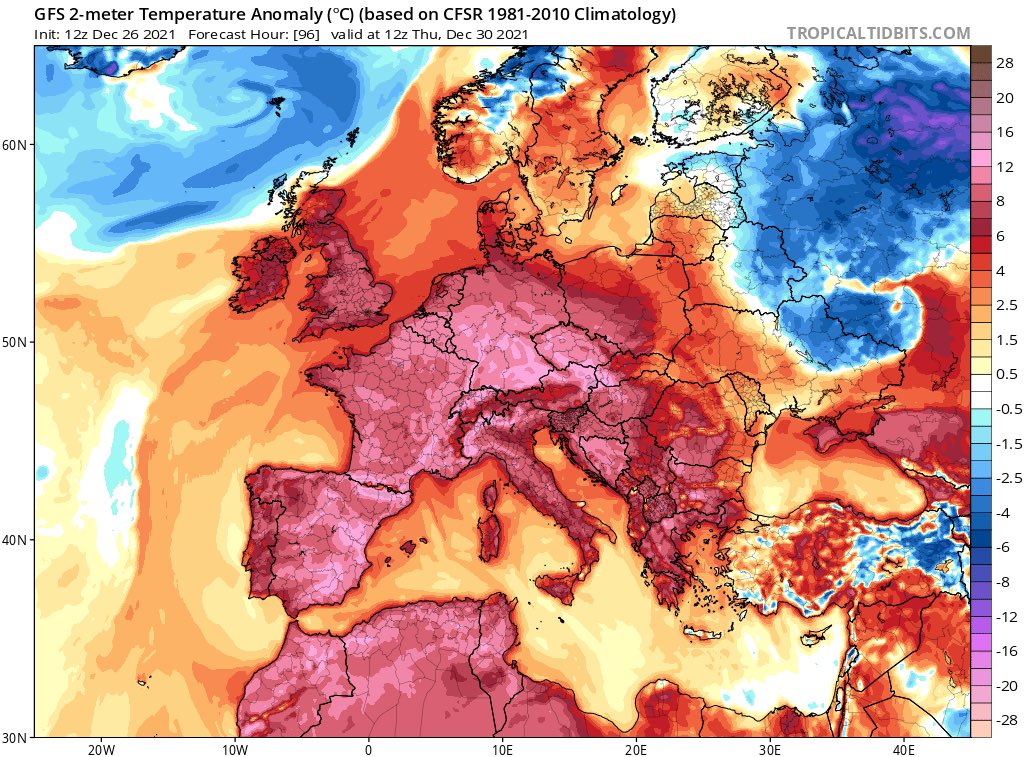
The average surface air temperature analysis homepage explains more about the production and reliability of the values presented here, but has yet to be updated to include the new information on dataset spread mentioned above.
Notes to editors
Southwest Europe is here defined as all land for the region 25°W-15°E, 34°N-45°N.
The information for Pakistan and northern India is based on national reporting, as well as averages of the ERA5 dataset over all land for the region 20-37°N, 61-78°E.
Back to top
Where is Hot in May? | Europe & Long-Haul
Sign in
Welcome!Log into your account
your username
your password
Forgot your password?
Password recovery
Recover your password
your email
Search
The UK has a reputation for being a little chilly in springtime, so it’s likely the sunshine of distant shores will start calling your name.
So, if you’re wondering where’s hot in May for your next escape, don’t worry – there are plenty of sunnier destinations where you can enjoy a few weeks of warm weather, both in Europe and further afield, including:
- Turkey (22°C)
- Greece (21°C)
- Cyprus (22°C)
- The Caribbean (24°C)
- The Maldives (28°C)
- Oman (34°C)
- Florida (25°C)
Where’s Hot in May in Europe?
So, you’ve got your sights set on a May holiday, but you don’t fancy going too far from home?
For the best chance at getting your fill of the sunshine, you’ll want to head to Europe. With temperatures starting to rise, May is the perfect time to visit a number of sunny European countries. Head to Turkey for an escape into the glittering Aegean waters, Greece for a sandy beach escape and some island-hopping, or Cyprus for a little history, culture and exploration.
Each of these destinations boast toasty average temperatures, plenty of sunshine and overall excellent weather for a spring getaway.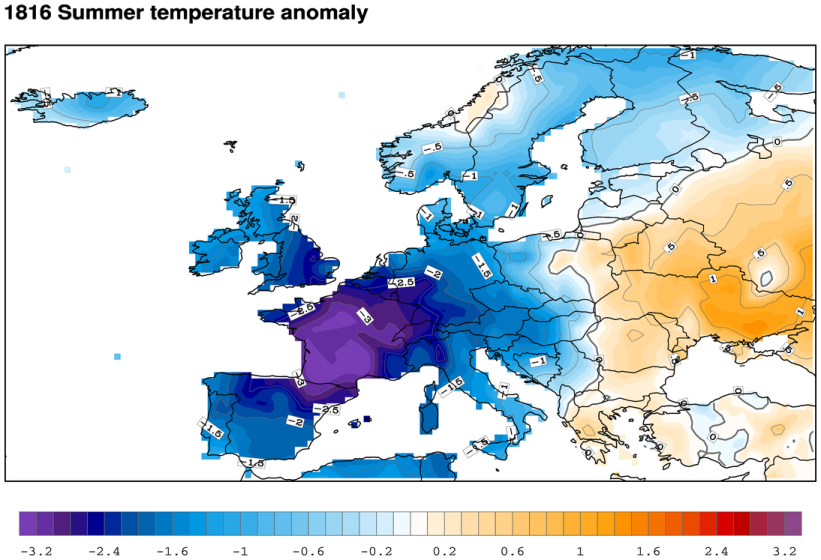
Beach Dreams in Turkey
May temperature: 22°C
Bodrum, Turkey
The best way to experience Turkey is along its beautiful coastline. There are many small islands and towns dotted along the shores where you can stay in ultra-luxury resorts and enjoy the secluded beaches.
If you want to see the bigger picture, head out onto the Aegean Sea on a private yacht or a gulet. This vast expanse of water is home to hundreds of coves and bays where you can swim and snorkel. It’s also home to some fantastic diving sites, where you’ll be delighted with the chance to dip in the sea.
The winter months will feel far behind you when you’re lounging on the stunning beaches of Turkey, surrounded by its iconic green landscapes, while the gentle waves of the Aegean lap at your feet. It takes only four hours to get to Turkey from the UK and, if you travel in May, you’ll be right at the early end of the summer season – perfect if you want a holiday with fewer crowds.
Stay at Six Senses Kaplankaya in Bodrum, where you can access its three private beaches, dine on sumptuous sustainable meals and take day trips to some of the best diving locations on the Turkish coast.
Visit Turkey
Family Time in Greece
May temperature: 21°C
Corfu, Greece
Considered a top-tier sun holiday destination, this year why not head for the Greek islands for a May getaway?
We recommend heading straight to Mykonos – it has everything from beautiful sandy beaches to cosmopolitan nightlife. It’s also a fantastic location to bring your family and spend time in the hours of sunshine that gleams on the Aegean Sea. Let the whitewashed buildings and cobbled streets enchant you as you watch the world go by.
Another of the popular holiday destinations of Greece, especially in May, is Corfu – a perfect spot for both a family holiday and a couples retreat. On the north-western end of the island, you’ll find Ikos Dassia, a stunning hotel that welcomes families to an unforgettable five-star experience.
Sun-seekers will adore laying out on the private Blue Flag-awarded beachfront. If you’d rather be out and about, the hotel hosts a choice of eco-adventures to teach you all about the island and its local wildlife.
If you’re set on finding the warmest area in the Mediterranean, head to Crete, which is the hottest destination in the Mediterranean in May. Similarly to Corfu, Crete has plenty to offer, from its beaches to tavernas, making it perfect for a spring holiday.
More inspiration…
- The Best Greek Islands for Families
- The Best Greek Islands for Couples
Visit Greece
Are Greece and Turkey hot enough in May?
The easy answer to this question is yes! The eastern end of Europe is much warmer than the west, making it ideal for a Spring holiday. May is the early season for both Greece and Turkey, so the sea will just be starting to warm up, tourist locations will begin to re-open for the season and it will undoubtedly be warm enough to have a splash in the pools.
Exploring Cyprus
May temperature: 22°C
The last European destination on our list, but by no means the last, is Cyprus.
Cyprus’ charming towns and coastal cities are lovely for enjoying the warm May sunshine. Head out on a day trip to see some of the ancient towns and ruins, medieval streets and historical sites that rest alongside the turquoise water. For a more relaxing experience, spend some time on Cyprus’ Mediterranean coastline and palm tree-lined beaches, a perfect spot for unwinding.
Cyprus is truly a country that keeps you intrigued; you might spend one day hiking through the Troodos Mountains, followed by a day exploring the quaint villages on the island, before spending your third day taking it easy on the beach.
Stay at one of the fabulous five-star hotels on the coast, such as AMARA – a contemporary hotel with gorgeous sea views, a perfect base from which to strike out across the island.
“AMARA is a wonderful hotel for a relaxing May holiday. Treat yourself to an exclusive spa treatment suite, complete with refreshments and your own private sauna and plunge pool. For something extra special, opt for a Rooftop Duplex Suite with rooftop pool and unparalleled views of Limassol.” – Elyse, Travel Specialist
Visit Cyprus
Where is Hot in May? – Long Haul Destinations
If you’re willing to take a more extended trip, there are plenty of long-haul sunny holiday options during May. From a beautiful beach escape in the idyllic Caribbean to an isolated atoll in the Indian Ocean, you can easily migrate to warmer climes.
Relax in The Caribbean
May temperature: 24°C
Banana Bay Shores, Park Hyatt, St-Kitts
In the Caribbean, you’ll find some of the most beautiful beaches in the world. From the turquoise waters of Jamaica to the white sands of Antigua, the region offers an array of gorgeous options for beach holidays.
Related: Where to Find the Best Beaches in the Caribbean
The sun shines across the Caribbean year-round, making it one of the best places to grab your slice of warm weather; if you visit in May, you’ll also be staying just before the start of the low season, so rain, or ‘liquid sunshine’, shouldn’t impact your trip too much!
Head here for a break and you could be enjoying a swim in the water with turtles or enjoying a more active holiday on one of the surf beaches – try your hand at kite-surfing or paddleboarding.
Whatever takes your fancy, the islands have fantastic hospitality and you’ll often be greeted with a glass of Champagne and fresh tropical fruits. St Kitts’s Park Hyatt Resort, located in the stunning Banana Bay, is just one fabulous option for enjoying these beautiful surroundings in total luxury.
Visit the Caribbean
Bucket List Trip to The Maldives
May temperature: 28°C
Aerial view of Four Seasons Resort at Landaa Giraavaru
At around 14 hours flight time, you could find yourself in a sunny paradise, surrounded by some of the most crystal clear waters in the world – we’re talking about the unparalelled Maldives islands.
This serene location feels aeons away from anywhere else in the world. Here, you’ll find small islands with plenty of accommodation options that literally float on the lagoons. The clear, warm water and sunshine make this a perfect location for getting your hair wet as you dive into the water to meet creatures such as manta rays and even whale sharks – a true bucket list trip!
Each of the resorts in The Maldives is exquisite, with panoramic views of the Indian Ocean, plenty of delicious food choices, and a relaxing atmosphere that will immediately put you in the holiday spirit. Stay at the Four Seasons Resort Maldives at Landaa Giraavaru for a blissful experience in stunning surroundings.
“The Four Seasons Resort Maldives at Landaa Giraavaru is one of my personal favourite hotels. There’s amazing food, extensive activities for children at the kids’ club and stunning overwater spa treatment rooms. Be sure to head down to the Marine Discovery Centre for diving lessons, to learn about the turtle rehabilitation and grow your own piece of coral!” – Holly, Sales Manager
Visit the Maldives
Retreat to Oman
May temperature: 34°C
Perhaps you’re looking for something a bit different out of your May holiday?
In around seven hours, you could be on the southern coast of the Middle East in Oman. Surrounded by dramatic mountain ranges, golden waterfronts and impressive dunes, the scenery here is simply stunning.
Oman can hit very high temperatures in the summertime, so it’s advisable to visit when it’s cooler. In May, you can expect average temperatures of around 34°C, so while still hot, it’s not as searing as the 40°C heat of summer.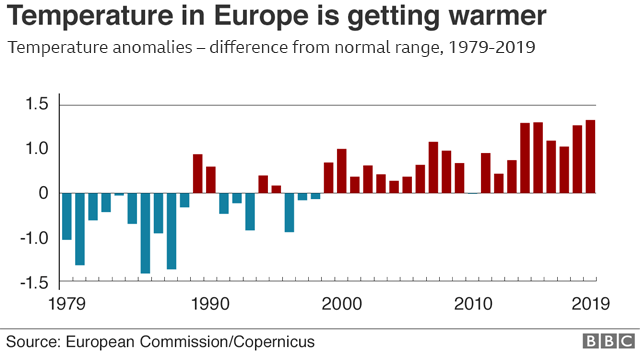
While here, you can spot the turtles who visit the beaches, take an intrepid search through Oman’s beautiful forts and head to the dunes at the Wahiba Sands. There are plenty of luxury spots across Oman, including beachfront resorts and hidden mountain retreats. Find a bit of both at Shangri-La Barr al Jissah Resort and Spa; with 21 restaurants and a myriad of activities spread across the three resorts, there’ll never be a dull moment.
Visit Oman
Twin Centre Trip to Florida
May temperature: 25°C
South Beach, Miami, Florida
There are plenty of reasons to take the nine-hour flight to visit Florida in May:
- It’s a major spot for visiting some of the world’s best theme parks in Orlando, but it’s also fantastic for a beach holiday in places such as Key West, Miami and Clearwater.
- There are fewer crowds during May, as spring break and the school holidays are over.
- The weather is lovely with long hours of sunshine; the average daily highs are around 25°C.
Families will love the bustle of the Orlando theme parks, including Walt Disney World® Resort, Universal Studios Orlando ™ and Busch Gardens® Tampa Bay. A two-centre holiday is an excellent choice in Florida; spend a week staying at the amusement parks and then transfer to a beach holiday on the coast for a second week. Stay somewhere like the brilliant Ritz-Carlton in the beachy Fort Lauderdale, close to Miami, which is constantly bathed in plenty of sunshine.
Visit Florida
For more details on panning your tailor-made adventure for May, contact us to speak to our expert Travel Specialists. All of our holidays are protected by our travel guarantee.
Feeling Inspired?
Call a travel specialist today on 01244 646 182
The latest luxury travel inspiration,
delivered straight to your inbox
Recent Posts
90,000 weather in Germany in May / Weather map
Germany in May on the Weather map
Weather
Water temperature in the sea
Now
January
February
March
April
May
June 9000 July July July July July July July July
August
September
October
November
December
This weather map is fully interactive.
The weather in May in Germany is beautiful, as well as in any area of temperate latitudes. It is already warm, but not yet hot and stuffy, only the greenery blooming in the middle of spring is young and bright, and the air is saturated with delicate spring aromas of herbs and flowers. The air temperature during the day can already reach +19…+20 degrees Celsius and at night it does not fall below +12…+15 degrees. And this means that you no longer need to burden your luggage with warm bulky things. The end of spring is not the wettest season in the country, and therefore many travelers prefer it over the predominantly rainier summer. Swimming in the lakes and rivers is not yet possible due to the low water temperature (+10…+12 degrees), the swimming season in the Baltic is not yet open, but it is quite possible to sunbathe under the mild May sun.
The weather in May in Berlin is already very warm.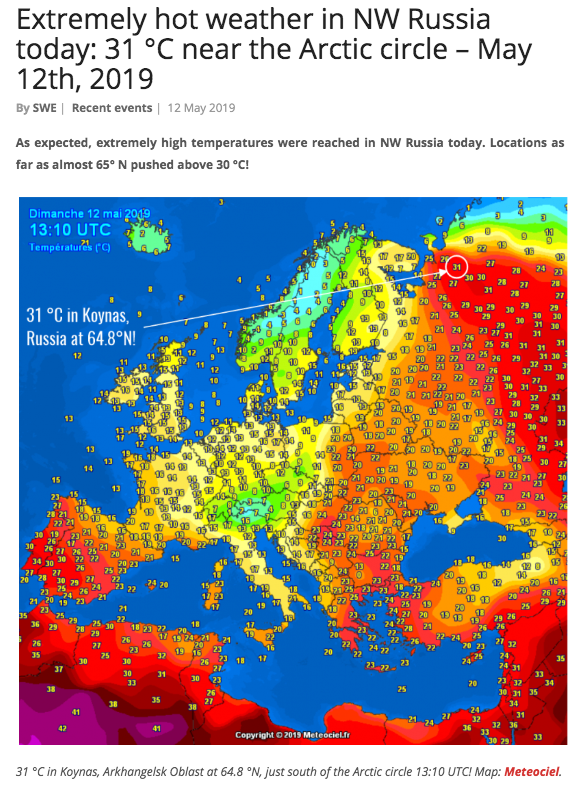
If you are planning to visit Dresden, Germany’s museum gem, then note that the weather in May is very, very pleasant.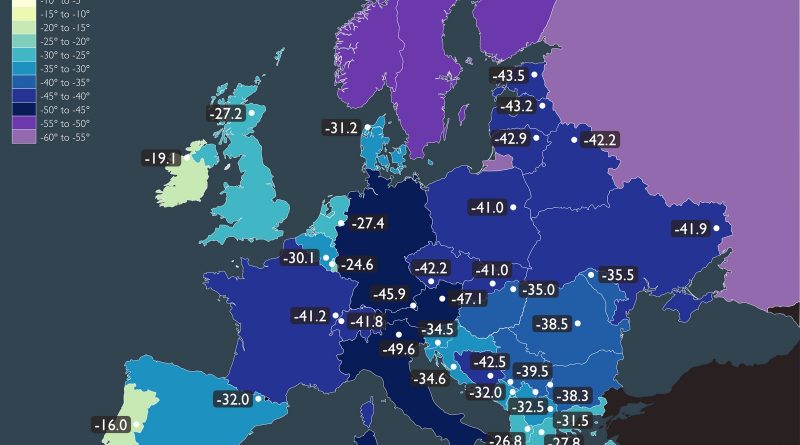
The northern part of Germany is also already completely warm. The weather in Bremen is no different from Dresden in terms of heat both during the day and at night. There is slightly less precipitation here – 56 mm throughout May. Humidity, despite the proximity of the North and Baltic Seas, corresponds to 71%, which corresponds to the indicators of a more continental area. This is the lowest figure here, which will begin to rise starting from June.
It is very rainy in Munich in May. Precipitation falls at least 107 mm during the month. Humidity is kept at 72%, although we note that in this region it is never lower, in principle. It rains twelve days out of thirty one. Sometimes it may seem that he is just a regular guest here. Despite the abundance of moisture, during the day the air is already very warm – +18 … +19 degrees. And at night the temperature drops to no more than +8…+9 degrees. Munich is rich in entertainment for a variety of tourists. So for “physicists” it will be very interesting to visit the technical museum Deutsche museum, if the rain suddenly charges for the whole day, then there will definitely be something to do from morning until evening.
In Cologne and Düsseldorf during the day, as well as in other years of Germany, the air is warmed up to +18…+20 degrees. At night it is warm – +8 … +10. Unlike other areas, May here is not the most generous in terms of rain. Precipitation is only 51 mm. This is less than in April and June. The importance of air is standard for spring Germany – 71%.
If you are lucky enough to have a vacation in May, feel free to take a trip to Germany. Warm air during the day and a slight coolness at night, very rare and short rains.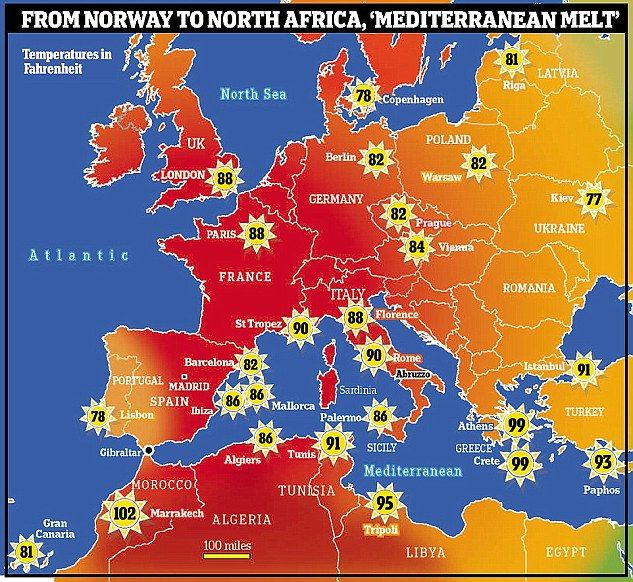
This table will help you determine which German resorts are warmest in May, find out where there is less rain and more clear days.
Do you want to know where is the warmest sea? We also provide information about the water temperature in seaside resorts.
| Resort name | Air temperature day / night |
Cloudy | Rainy days / rainfall |
Sea water temperature | Solar clock * |
|
|---|---|---|---|---|---|---|
| Aachen | 15.9°C | 8.7°C | 48.0% |
4 days (61. |
– | 09h. 04m. |
| Augsburg | 16.6°C | 8.1°C | 48.0% |
8 days (101.5 mm.) |
– | 08h. 55m. |
| Bavaria | 16.7°C | 8.6°C | 47.5% |
8 days (92.6 mm.) |
– | 09h. 02m. |
| Bad Reichenhall | 16.5°C | 6.2°C | 51.1% |
13 days (178.3 mm.) |
– | 08h. 24m. |
| Baden Baden | 17.8°C | 9.0°C | 43.9% |
7 days (102.6 mm.) |
– | 09h. 34m. |
| Berlin | 18.7°C | 10.7°C | 44.5% |
3 days (47.5 mm.) |
– | 09h. 45m. |
| Berchtesgaden | 16.6°C | 6.2°C | 51.4% |
12 days (176.9 mm.) |
– | 08h. 21m. 21m. |
| Bonn | 18.1°C | 9.4°C | 44.5% |
5 days (59.0 mm.) |
– | 09h. 37m. |
| Bochum | 17.3°C | 10.2°C | 48.1% |
5 days (61.5 mm.) |
– | 09h. 07m. |
| Bremen | 16.4°C | 8.8°C | 49.8% |
3 days (58.6 mm.) |
13.1°C | 08h. 57m. |
| Wiesbaden | 18.4°C | 10.4°C | 42.3% |
4 days (62.0 mm.) |
– | 09h. 54m. |
| Würzburg | 17.2°C | 8.7°C | 43.8% |
5 days (64.8 mm.) |
– | 09h. 38m. |
| Hamburg | 16.3°C | 8.9°C | 50.4% |
4 days (58.1 mm.) |
12.4°C | 08h. 54m. |
| Hanover | 17. 1°C 1°C |
9.0°C | 47.4% |
4 days (60.7 mm.) |
– | 09h. 17m. |
| Garmisch-Partenkirchen | 15.0°C | 4.2°C | 52.4% |
15 days (219.6 mm.) |
– | 08h. 11m. |
| Heidelberg | 18.2°C | 9.8°C | 42.9% |
5 days (71.5 mm.) |
– | 09h. 46m. |
| Dortmund | 17.3°C | 10.0°C | 48.4% |
5 days (66.3 mm.) |
– | 09h. 04m. |
| Dresden | 16.8°C | 9.1°C | 44.4% |
4 days (57.6 mm.) |
– | 09h. 39m. |
| Dusseldorf | 17.9°C | 10.7°C | 45.4% |
4 days (52.5 mm.) |
– | 09h. 31m. |
| Karlsruhe | 18.9°C | 10.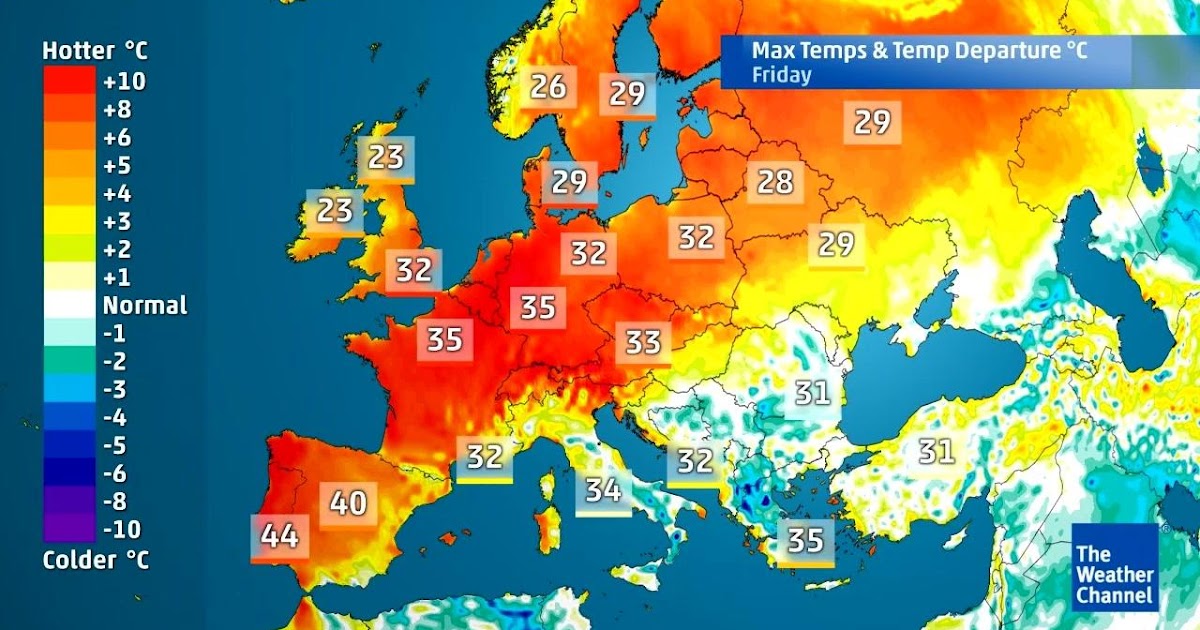 3°C 3°C |
39.9% |
3 days (57.6 mm.) |
– | 10 a.m. 12m. |
| Kassel | 17.0°C | 7.8°C | 48.4% |
4 days (69.7 mm.) |
– | 09h. 02m. |
| Koln | 18.2°C | 10.3°C | 43.3% |
5 days (54.5 mm.) |
– | 09h. 49m. |
| Keel | 14.9°C | 8.5°C | 48.5% |
3 days (51.5 mm.) |
11.3°C | 09h. 16m. |
| Leipzig | 17.6°C | 9.2°C | 43.7% |
3 days (53.3 mm.) |
– | 09h. 47m. |
| Lübeck | 15.6°C | 8.5°C | 48.1% |
3 days (49.9 mm.) |
11.2°C | 09h. 18m. |
| Magdeburg | 17.6°C | 9.7°C | 44.2% |
4 days (61. |
– | 09h. 43m. |
| Mainz | 18.4°C | 10.2°C | 41.9% |
3 days (51.2 mm.) |
– | 09h. 58m. |
| Mannheim | 18.9°C | 10.6°C | 40.6% |
4 days (58.4 mm.) |
– | 10 a.m. 07m. |
| Munich | 16.8°C | 8.3°C | 49.6% |
9 days (122.9 mm.) |
– | 08h. 39m. |
| Nuremberg | 17.9°C | 8.9°C | 43.3% |
4 days (54.7 mm.) |
– | 09h. 43m. |
| Regensburg | 18.0°C | 9.0°C | 45.0% |
6 days (81.9 mm.) |
– | 09h. 22m. |
| Rostock | 15.3°C | 9.4°C | 45.3% |
4 days (58.5 mm.) |
11.8°C | 09h. 45m. 45m. |
| Rust | 18.4°C | 9.1°C | 39.4% |
4 days (68.9 mm.) |
– | 10 a.m. 13m. |
| Saarbrücken | 17.5°C | 8.8°C | 45.2% |
5 days (71.8 mm.) |
– | 09h. 24m. |
| Freiburg | 17.4°C | 8.0°C | 41.4% |
6 days (73.8 mm.) |
– | 09h. 54m. |
| Frankfurt am Main | 18.5°C | 10.1°C | 40.9% |
4 days (55.1 mm.) |
– | 10 a.m. 07m. |
| Füssen | 13.7°C | 3.9°C | 54.6% |
14 days (219.6 mm.) |
– | 07h. 52m. |
| Herscheid | 15.5°C | 8.6°C | 51.9% |
7 days (98.0 mm.) |
– | 08h. 30m. |
| Stuttgart | 17. 4°C 4°C |
9.1°C | 43.4% |
5 days (75.3 mm.) |
– | 09h. 38m. |
| Essen | 17.6°C | 10.3°C | 47.1% |
4 days (49.9 mm.) |
– | 09h. 15m. |
* Sundial – an indicator that displays the average number of hours per day during which direct sunlight reaches the earth’s surface. This indicator is influenced by both the length of daylight hours and cloud cover in the daytime.
Castles of the Rhine. Koblenz, Rüdesheim.
Millions of visitors come year after year to the romantic Middle Rhine Valley, where between the cities of Rüdesheim and Koblenz, the largest number of medieval castles in the world remain.
Castles of the Rhine + Fireworks!
Year after year, millions of visitors come to the romantic Middle Rhine Valley, where between Rüdesheim and Koblenz, there is the largest number of medieval castles in the world.
Two rivers: Moselle and Rhine.
Cochem, Reichsburg Castle and the famous German Corner.
Castles of the Moselle
Eltz, Cochem, Beilstein.
Not Found (#404)
Not Found (#404)
Whoops…something went wrong!
Sorry, we did not find the page you are looking for
Tours
Hotels
Railway tickets
Route
Countries and cities
Location
Date there
Cities
Yachting
Expeditions
Dog sled tours
Snowmobile tours
Quad tours
Hiking tours
Alloys
Bike tours
Climbing
Ski tours
Diving and snorkeling
Jeep tours
Surfing and SUP tours
Combined tours
Horse tours
Cruises
Excursion tours
Ski trips
Helicopter tours
Fishing tours
Fitness and yoga tours
Canyoning
Railway tours
Are you looking for one of the sections below?
Tours
Hotels
Railway Tickets
Routes
Attractions
We have made a selection of interesting articles for you!
Leave a review
12345
Thank you very much 🙂
Your feedback is very important to us and will be posted on the service as soon as possible.
time!
Weather in Germany in May 2022-2021 at “365 Celsius”
What is the weather in Germany in the month of May is highly dependent on the region. The air warms up at night to +8.8°C, and during the day up to +21.5°C, it rains for 15 days and 18.6 mm of precipitation falls per month. And, for example, in Füssen, the weather conditions are not very good, since the air is up to +16.2 ° C, cloudy and rainy days are at least 12. The best cities to relax at this time are Frankfurt am Main, Kassel, Gotha. The air temperature in May is +17.8°C.
Climate
| Average temperature during the day: | +17.8°C | |
| Number of sunny days: | 16 days | |
| Rainy days: Rainfall: |
15 days 18.  6 mm 6 mm |
Is it worth it to come to rest in Germany in May?
The weather in Germany in May is great for holidays, this month’s rating is 4.7 out of five. The weather is not very good, there are few tourists. It rains a lot, about 15 days a month, with 18.6 mm of precipitation. Sunny skies for at least 16 days. The weather in Germany at the end of May at the beginning and middle of the month is presented on the graph. The air temperature in May is +17.8°C. At this time, the best climatic conditions in 3 cities:
| Weather in May Kassel | Weather in May Frankfurt am Main | Weather in May Koblenz | |||
|
5 |
air: +21.2°C rain: 3 days sun: 13 days |
5 |
Air: +21.5°C Rain: 3 days Sun: 14 days |
4 |
air: +18. 1°C 1°C rain: 11 days sun: 15 days |
Best climate in cities in May
| City | Air temperature | Water temperature | Rainy days (precipitation) | |
| Frankfurt am Main | +21.5°C | – | 3 days (44.4mm) | |
| Kassel | +21.2°C | – | 3 days (42.6mm) | |
| Bensheim | +19.1°C | – | 15 days (36.47mm) | |
| Bad Homburg | +18.6°C | – | 15 days (35.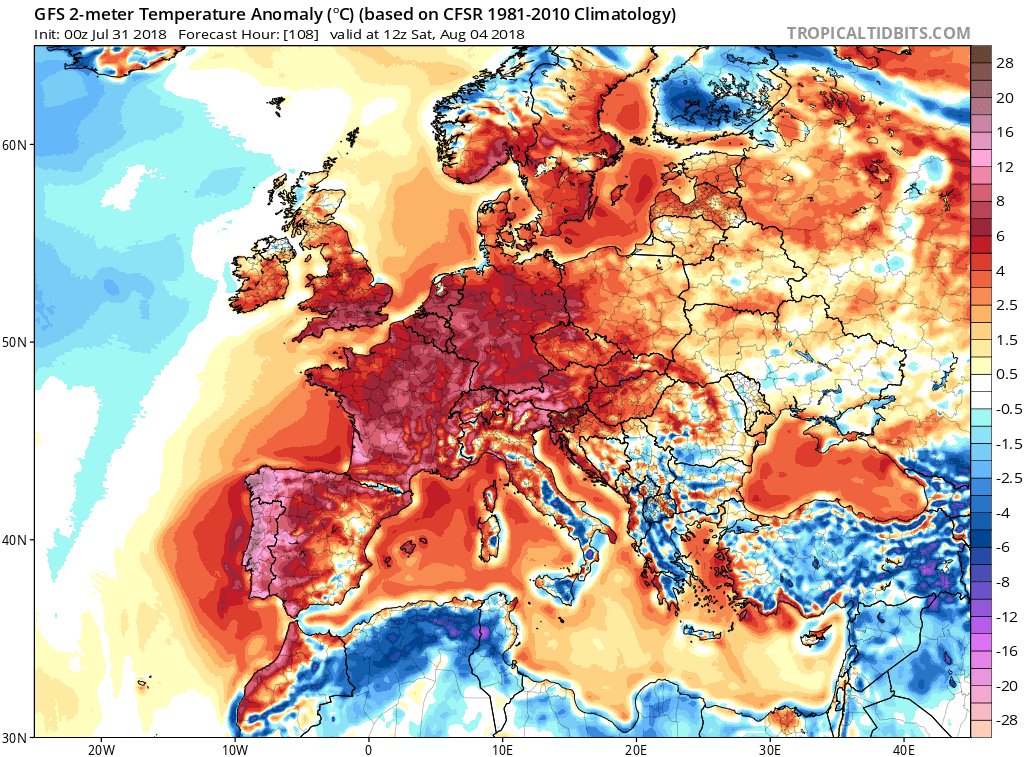 16mm) 16mm) |
|
| Herne | +17.7°C | – | 14 days (28.24mm) | |
| Bad Kissingen | +18.2°C | – | 17 days (39.32mm) | |
| Detmold | +17.7°C | – | 19 days (47.14mm) |
Full list of cities
Quick city search
Air temperature in Germany in May
The difference in daily air temperature throughout the year is 20.7°C, but due to the presence of the sea, the climate in Germany is quite mild for months. The coldest month is January when the air warms up to +2.7°C, and the warmest month is July with +23.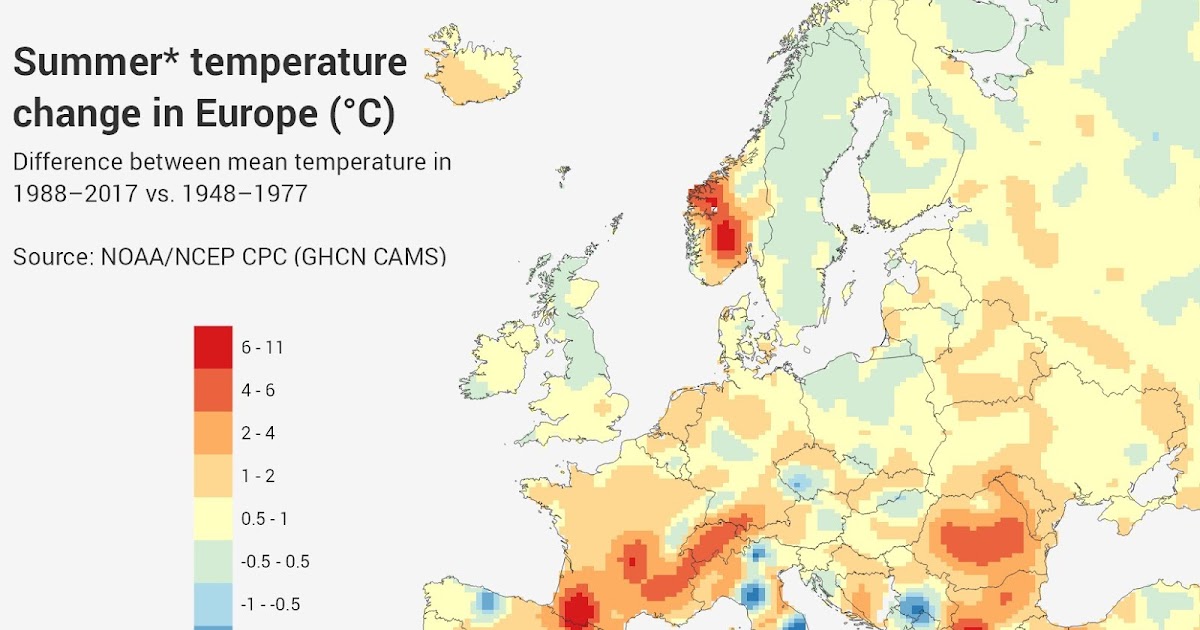
Water temperature in Germany
The beach season here lasts: . The temperature in the sea at this time of the year is from – to – conducive to a pleasant swim. Worst weather in Germany and water temperature recorded in November -. The air temperature in May is +17.8°C.
Number of rainy days and precipitation in May
Unlucky month for travel – July, it rains on average 16 days. The maximum monthly rainfall is 44.3 mm. The air temperature in May is +17.8°C.
Rating of comfortable rest in May
The rating is calculated by months, taking into account the average air temperature, the amount of rain and other indicators.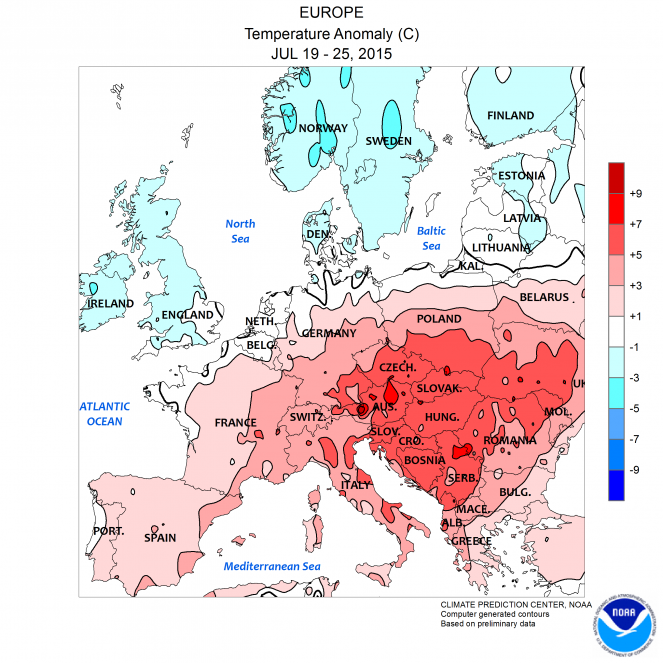
| Month | Air temperature during the day | Water temperature | Solar days |
Rainy days (precipitation) |
| December | +4.2°C | – | 6.5 | 13 days (42.7 mm) |
| January | +2.7°C | +0.0°C | 5.3 | 11 days (37.9 mm) |
| February | +4.0°C | +0.0°C | 8.9 | 9 days (22.9 mm) |
| March | +8.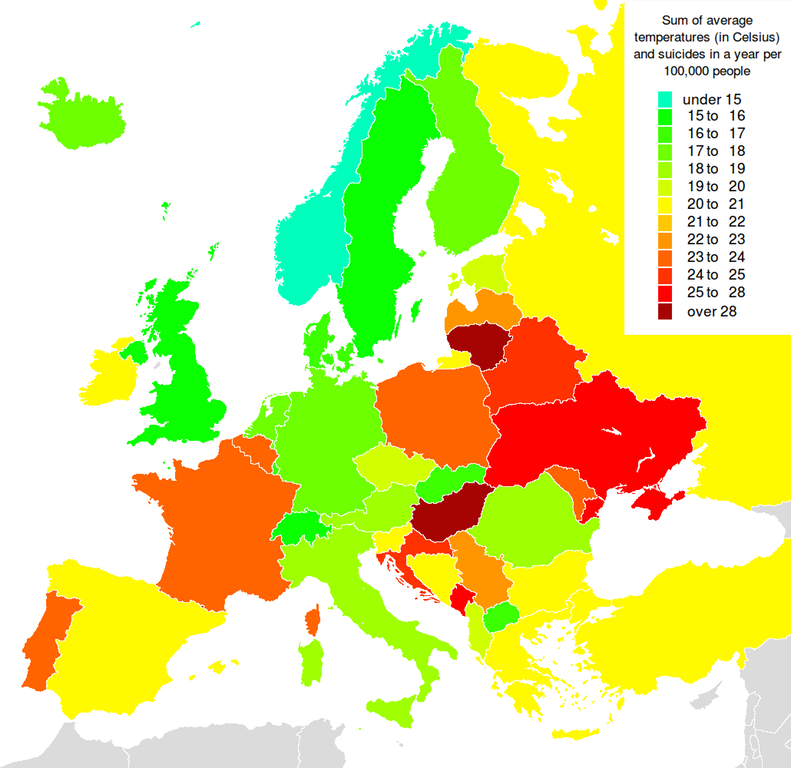 9°C 9°C |
– | 9.2 | 11 days (22.1 mm) |
| April | +14.4°C | – | 12.9 | 12 days (19.9 mm) |
| May | +17.8°C | – | 15.8 | 15 days (38.1 mm) |
| June | +20.9°C | – | 14.9 | 15 days (39.2 mm) |
| July | +23.4°C | – | 16.4 | 16 days (44.3 mm) |
| August | +23.1°C | – | 20.1 | 14 days (35. 5 mm) 5 mm) |
| September | +19.0°C | – | 16.6 | 11 days (25.2 mm) |
| October | +13.5°C | – | 9.5 | 11 days (26.3 mm) |
| November | +8.3°C | – | 7.8 | 11 days (27.2 mm) |
Number of sunny days in May
Beautiful sunny weather will delight tourists in August – as many as 21 sunny days per month. Great time to relax in Germany. The air temperature in May is +17.8°C.
- Please note:
- Weather in Germany in April: rating 4.5 (out of 5), air +14.
4°C , rain 12 days
- Weather in Germany in June: rating 4.9 (out of 5), air +18.6°C , rain 15 days
Europe is waiting for a hot summer. Can the EU cope without Russian gas
Meteorologists are expecting an abnormally hot summer across Europe. Average temperatures in June, July and August will exceed the climatic norm by 1-3°C on average. Warming and severe drought will lead to the fact that Europeans and EU government institutions will increase energy consumption by 10-15%. The high demand for the installation of air conditioners, together with increased gas injection into underground storage facilities, will cost European countries an additional €8-10 billion.
The EU is in for a hot summer
Residents of European countries will face abnormally high temperatures as early as June 2022. In the southern regions of the continent, including Italy, Greece and Spain, there will be a severe drought.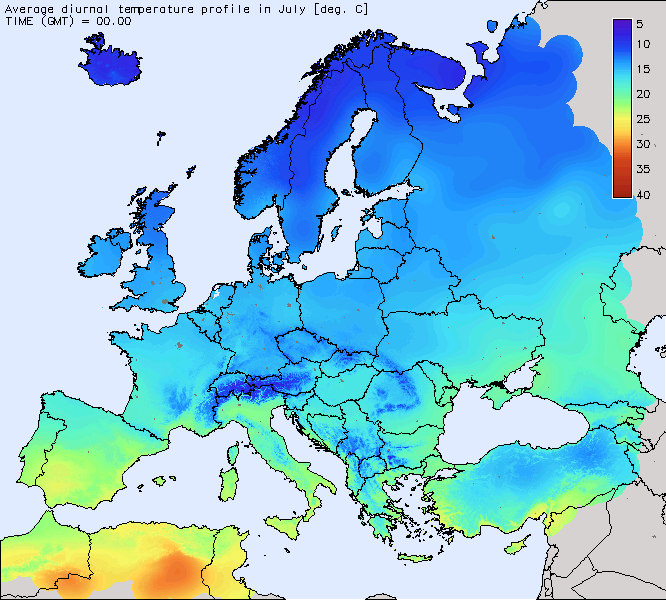
“In June, the climatic norm will be exceeded by 2-3°C in most countries of Central and Southern Europe. We will see the strongest temperature deviations in Spain, southern France, some regions of Italy and the entire Balkan Peninsula. In July, in all European countries, the values will be 0.5-1°C above the norm. In August, a similar story will be observed on the continent. With the exception of Spain and France, where temperatures will exceed the optimum level by 2°C,” Tishkovets said.
He added that already this month the southern regions of Europe will face a prolonged and abnormal drought.
“June will be the most problematic summer month for Spain, Bulgaria, southern France, the Balkan countries, Italy, Greece and Romania. Precipitation deficit will average 60-80% of the monthly norm. A heat wave will affect most of the first month of summer.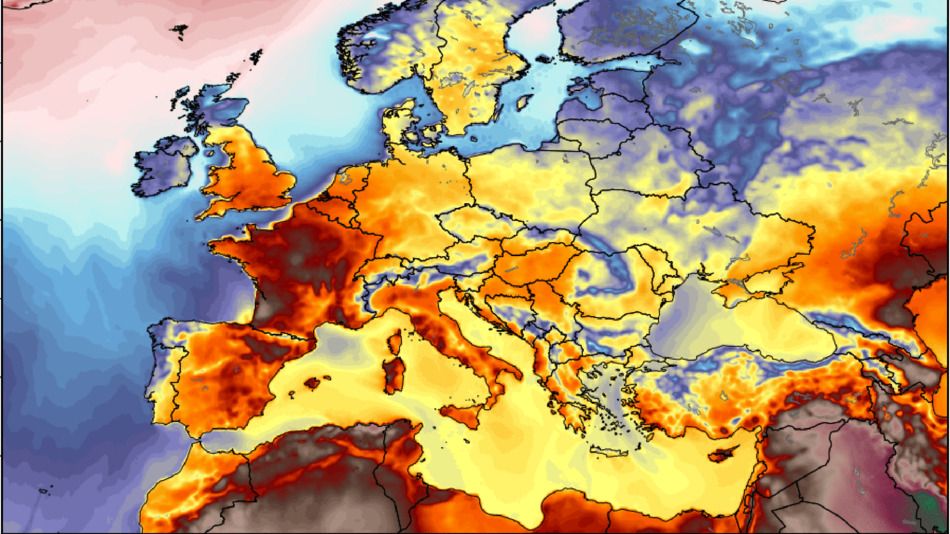
Forgive Venezuela, negotiate with Iran. How the US and the EU will replace Russian oil
The US will allow the Italian company Eni and the Spanish Repsol to supply oil from Venezuela to Europe…
05 June 18:26
Alexander Shuvalov, head of the Meteo prognostic center, agreed with him. According to him, the global warming trend has hit the EU as well.
“Over the past 50 years, global warming in the world has amounted to 1.2°C. In addition, extreme heat waves have intensified markedly.
Western European countries are forecast to experience an abnormally high heat wave in the summer of 2022. With such long periods of hot weather, the average temperature will exceed the climatic norm by 4-5°C. The maximum levels in the extreme south of Europe may approach 40°C,” Shuvalov summed up.
How much energy consumption will increase
Abnormally high temperatures in most European countries in June-August can lead to an increase in energy consumption by citizens and budgetary institutions.
“Tough measures”. Europe agreed on the 6th package of sanctions against Russia
Head of the European Council Charles Michel announced that the heads of state and government of the EU member states…
May 31 10:17
“The main driver of energy consumption growth during summer peaks is air conditioning. With daytime weather at 30-32°C, energy consumption can increase by an average of 10-15% compared to normal temperature periods.
The main question is whether the EU countries will impose restrictions on the use of air conditioners in hot weather. In Spain, for example, they have already announced such measures in public spaces (including parks, verandas, cafes, in some cases hospitals) and premises. This can help citizens save money amid a sharp increase in retail electricity prices.
According to Kondratiev, the uninterrupted operation of air conditioners was provided mainly by gas generation.
Without saving on electricity, the hot summer of 2022 will cost the EU countries about an additional €8-10 billion. If the Europeans agree to include a ban on a new payment scheme for Russian gas in rubles, the costs will exceed €10 billion.
Without additional supplies from outside Moscow, the EU will have to purchase liquefied natural gas (LNG) from alternative suppliers, including Saudi Arabia. In this case, Europeans will inevitably face additional overpayments,” Kondratiev explained.
Will the EU increase Russian gas supplies
Greece decided to pay for gas in rubles, Bulgaria thought about it
All Greek companies importing Russian gas switched to paying for fuel in rubles, so…
May 24 13:37
The only way out of the crisis, according to the expert, would be to increase direct gas supplies from Russia.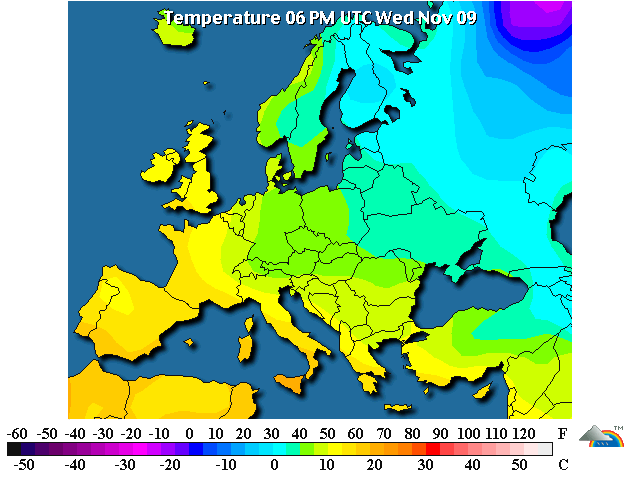
“However, Russian gas supplies to Europe have already slumped due to Western sanctions. The Yamal-Europe route through Poland has been closed, Ukraine is blocking supplies through the Sohranivka station, and Nord Stream 1 is not operating at full capacity. Nearly 34 million cubic meters per day were lost at Saver. As a result, it is possible to increase fuel supplies to the EU only through the Sunzha transit corridor, which allows pumping up to 77 million cubic meters per day,” Kondratiev noted.
In his opinion, under the current conditions, the EU can increase the supply of Russian raw materials by a maximum of 25-30 million cubic meters per day, or 3 billion cubic meters per summer. At current exchange prices for gas, this will cost European countries more than €3 billion.
Another condition for increasing Russian gas supplies will be the need to quickly fill underground storage facilities with fuel.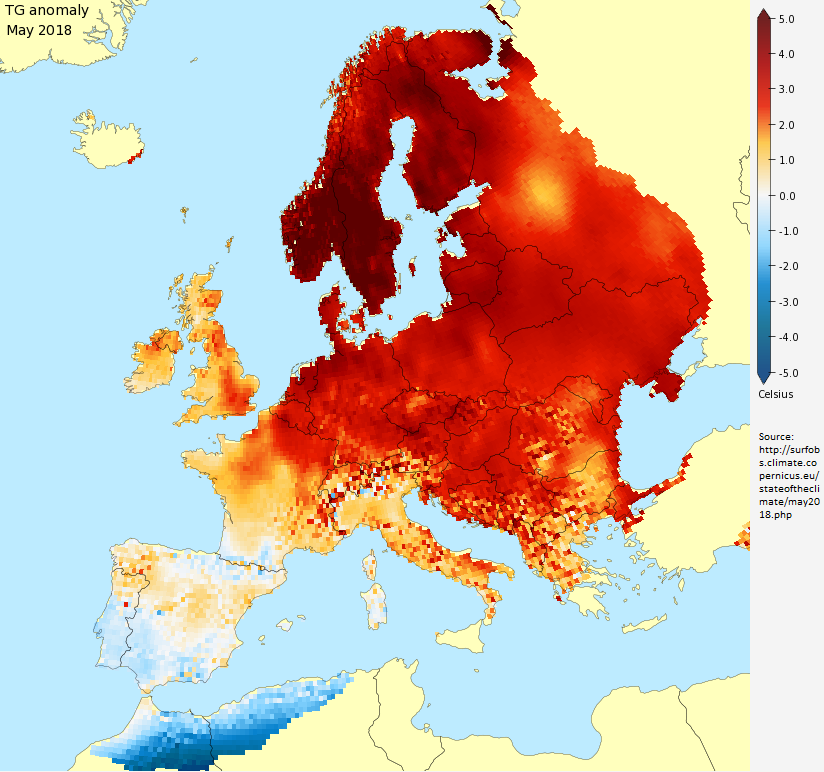
“Europeans will struggle to fill the vaults this summer. To implement this measure, citizens will inevitably have to save on energy consumption. Not everyone can afford to install an air conditioner. On cold nights in the south of Europe it is quite possible to do without heating. For example, I did not heat a house in Greece when I lived there. But for the operation of chemical enterprises and the production of fertilizers, additional gas supplies will be needed, otherwise the industry will stop. In the event of a reduction in Russian transit, the purchase of more expensive LNG will cost additional billions of euros,” Koltashov concluded.
Record heat is our new reality
According to climatologists, if the global temperature rises by another 0.5 degrees, heat waves will become one third more frequent / Maxim Stulov / Vedomosti
Meteorologists who have been observing in Europe for more than 300 years, never seen such high temperatures before.
Tropical and subtropical regions are most prone to increased hot periods. Prominences of hot air from subtropical anticyclones sometimes reach temperate latitudes. For example, last year in eastern Canada, the inflow of such hot air, enhanced by local effects of mountain valleys, raised the temperature to +50 degrees. In 2022, Europe got it. Hot African air has entered Europe before, but due to global warming, it has become even hotter.
Another touch to this picture is the weakening of the western transport of temperate latitudes. The one that brings relatively mild weather to Europe from the Atlantic. The strength of this transfer depends on the temperature difference between the equator and the pole. Now the pole is warming faster than the equator, as a result, the drop decreases, the transfer rate weakens, and a powerful air river begins to wind. In such loops, anomalous regimes are formed – warm and cold, which are adjacent to each other. For example, this year, while it was abnormally hot in Europe, the weather on the European territory of Russia was rather cold.
Summer 2022 is hardly exceptional. Meteorologists and climatologists are quite confident that the increased frequency of heat waves is a direct consequence of ongoing climate change.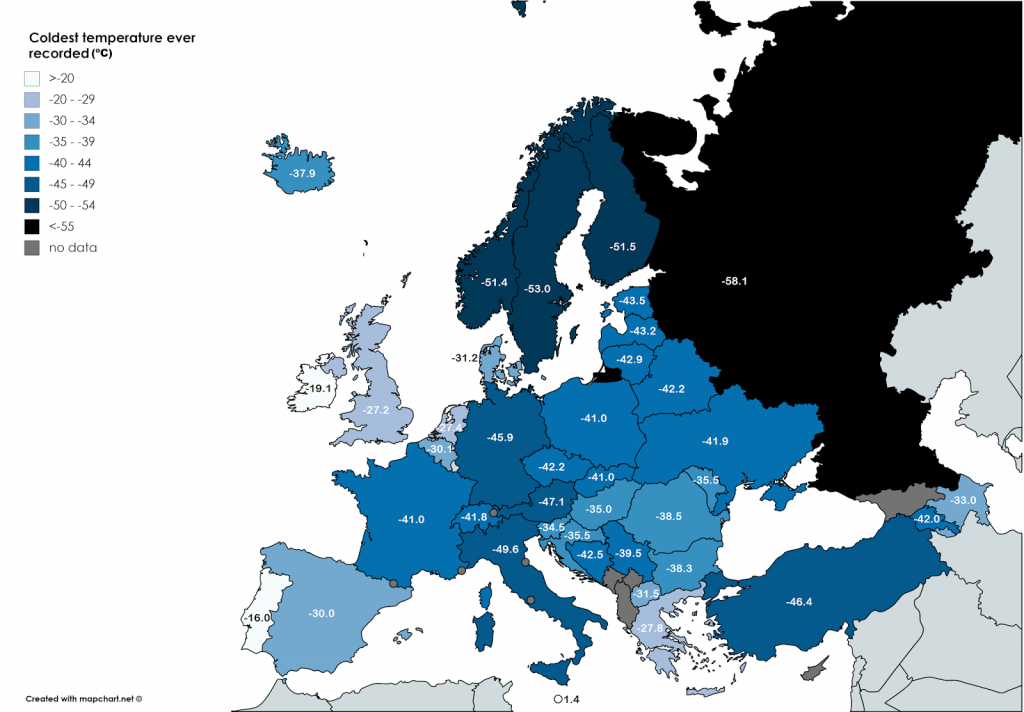
The main deserts of the planet are located in the subtropical regions, it has always been hot here, and now it will become even hotter. But if people did not particularly lay claim to life in the desert, then they settled quite willingly along the outskirts of the subtropical regions. This is the Mediterranean region, and the Middle East, and California, and most of Australia. In these regions, heat waves will become more and more frequent guests. The fact is that due to climate change, the global circulation of the atmosphere is changing: subtropical anticyclones are slightly shifting towards the poles.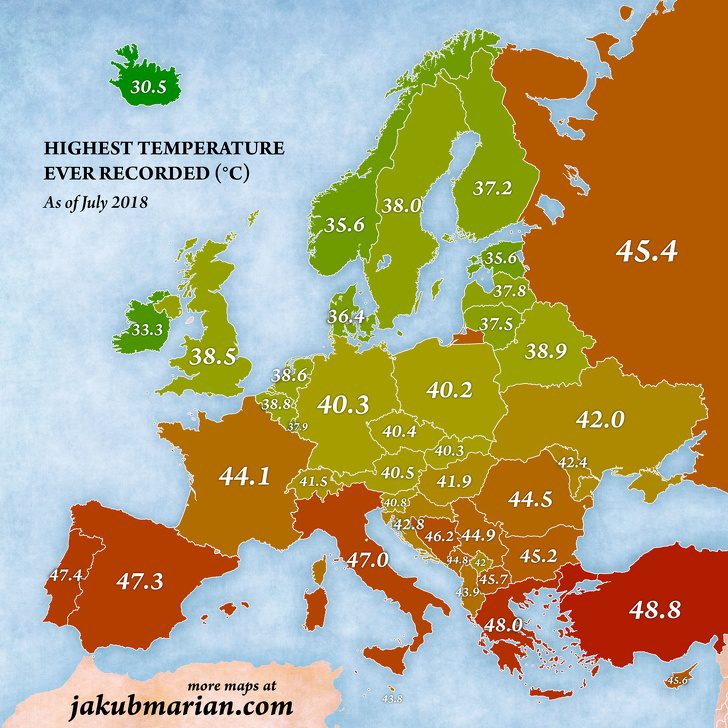
In India and Pakistan, heat waves may become more intense due to the restructuring of the monsoon circulation. Usually the summer monsoon (when the air begins to blow from the ocean to the land) begins here in May, but if it lingers a little, the scorching sun easily raises the air temperature above +45 degrees. The surface in this case is completely heated up to +50 degrees. In recent years, the indicators have been growing: the air can heat up to +50 degrees, and the surface – up to +60 degrees, as it was this spring.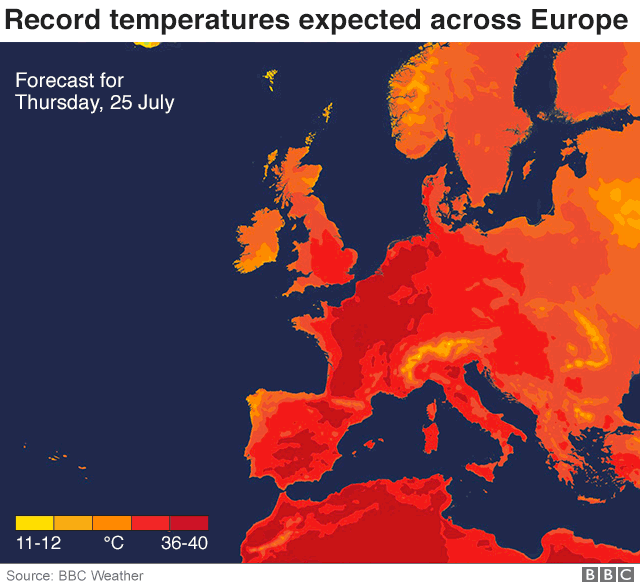
According to forecasts, the monsoon circulation in India and Pakistan is becoming more ragged: it may begin much later, then much earlier. In years with a late monsoon (if it starts in June), the heat will increase due to the increased greenhouse effect, so the heat waves will be more intense here. And in neighboring Indonesia, for example, according to recent research by scientists, the waves may become weaker. This will happen if the sustainable development scenario is observed, i.e. keeping global warming within 2 degrees, which is laid down in the Paris Agreement. Then there will be more rainy days in the region, and rains and powerful clouds will prevent the air from warming up. Although at higher levels of warming, precipitation, on the contrary, may become less frequent, and then heat waves will be more frequent here.
According to climatologists, in the event of an increase in global temperature by another 0.5 degrees, heat waves will become more frequent by a third.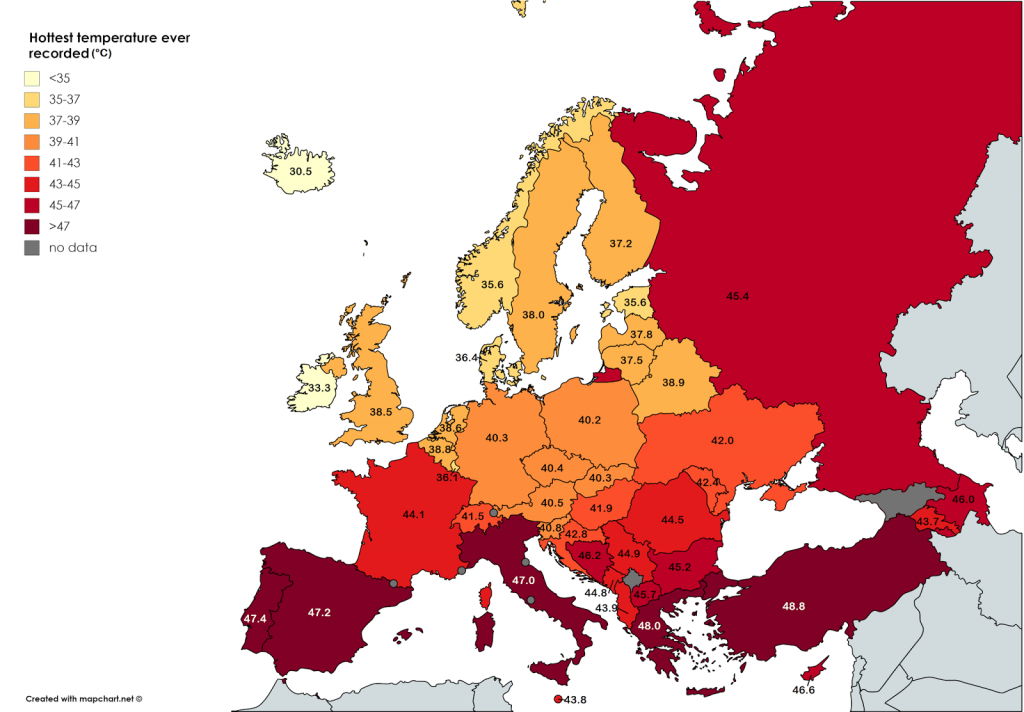
Heat waves will be especially hard to bear in large cities: here the city itself adds 1-2 degrees to the ambient temperature – this is the so-called heat island effect. Slightly reduce the temperature will help green spaces and water features. In order for the body not to overheat, cold pavilions must be equipped in the city. Air conditioners will become a mandatory attribute of hospitals and public transport, as well as most private homes. Education of the population should also become an obligatory element of climate adaptation. People need to know what to do and what not to do in the heat, how much time to spend outdoors, how much to drink liquids, etc. All this will help mitigate some of the effect of the heat.
To prevent the heat from becoming completely unbearable in the coming decades, it is necessary to reduce the impact of man and his activities on the climate.
Monthly weather in Germany
Germany is located in Central Europe and borders with Denmark, Austria, Czech Republic, Poland, Switzerland, Belgium, France, the Netherlands and Luxembourg. Its shores are washed by the Baltic and North Seas. 81 million people live on an area of 357 thousand km². The northern part of the state is a plain, wooded foothills adjoin the central regions, and most of the south is occupied by the Jura mountain range and the Black Forest forest. The highest point is the Zugspitze (2962 m). The main rivers in the country are the Danube, the Rhine and the Elbe.
Germany is under the influence of the temperate continental climate zone. The sea has a significant influence on the weather of the northern regions. Winters are wet and mild, and in summer the temperature rarely rises above +25°C. The mountains are colder, and even in the summer months they are covered with snow in places.
The country attracts tourists with majestic castles and cathedrals, ski and spa resorts, natural beauty and noisy festivals. To choose the best time for a holiday in this country, look at the weather calendar by month.
January
Snow, dampness, strong winds and an average temperature of -3°C to +3°C are not conducive to long walks. At night, the snow freezes, and during the day, under the influence of positive temperatures, it melts. Ski resorts like Berchtesgaden and Oberstdorf with mild temperatures as low as -6°C and snow-covered slopes in January beckon winter sports enthusiasts.
February
There are more sunny days and daily air temperature rises to +2°C…+5°C.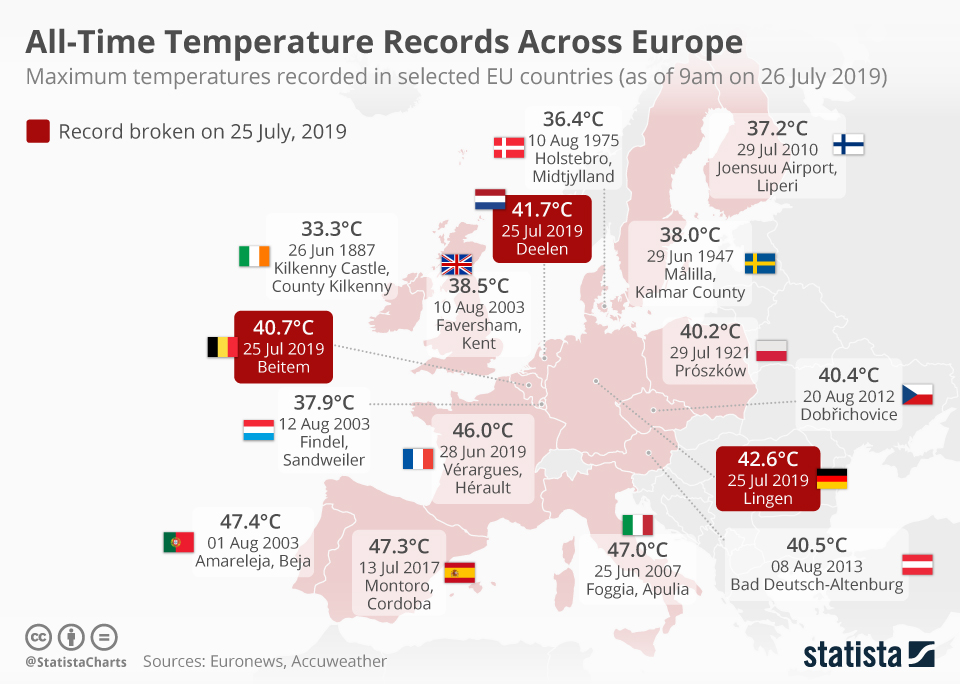
March
Air humidity is decreasing and precipitation drops to 42 mm (3-5 rainy days). In the first half of the month there are frosts, and in the second it gets warmer up to +8°C…+12°C. Mountains with temperatures ranging from +6°C to -4°C still comfortably host skiers and snowboarders. In March, the famous Leipzig Fair takes place.
April
The temperature is +14°C…+17°C and sunny weather is conducive to long excursions. Humidity is 70% and it can rain 3-4 days a month. In the Alps during the day the temperature rises to +8°C…+10°C and the ski season is coming to an end. In the second half of April, festivals are held in Munich in honor of the Spring Festival.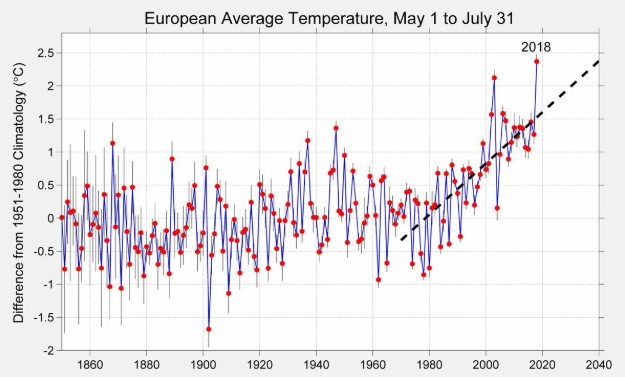
May
The daytime air temperature reaches +18°C…+20°C, and the night temperature rarely drops below +8°C…+11°C. The weather is changeable, there are intermittent rains. In the Alps, during the day, the thermometer shows from + 4 ° C to + 15 ° C. With water temperatures up to + 13 ° C, it is still too early for a beach holiday. Dresden hosts the popular Dixieland Jazz Festival at this time of year, while Berlin hosts a theater festival.
June
The air warms up to +23°C during the day and up to +12°C at night. Humidity is 73%. It rains more often than in May – there are from three to eight days with precipitation per month. The sea warms up to +16°C, and Lake Constance – up to +20°C. In June, Hamburg hosts the Short Film Festival and Munich hosts the Opera Festival.
July
In megalopolises, during the day the thermometer shows +20°C…+26°C, and at night – about +13°C…+16°C. The water temperature is +18°C…+21°C.
August
Air temperature +20°C…+26°C and lake water temperature +22°C…+24°C are ideal for swimming enthusiasts. The seas warm up to a maximum of +20°C. The nights breathe cool with temperatures of +12°C…+15°C. The weather is changeable, but there is less rain than in July. In August, Frankfurt hosts a fireworks regatta in honor of the Main River Festival, and Cologne hosts a grandiose music fair.
September
This is the best time for city tours. The daytime temperature remains within +17°C…+20°C, and the night temperature reaches +10°C…+15°C. In the mountains, the figures are 5-7 degrees lower. Precipitation in the form of rain is rare. The seas cool down to +15°C…+17°C. The most anticipated event of the month is Oktoberfest.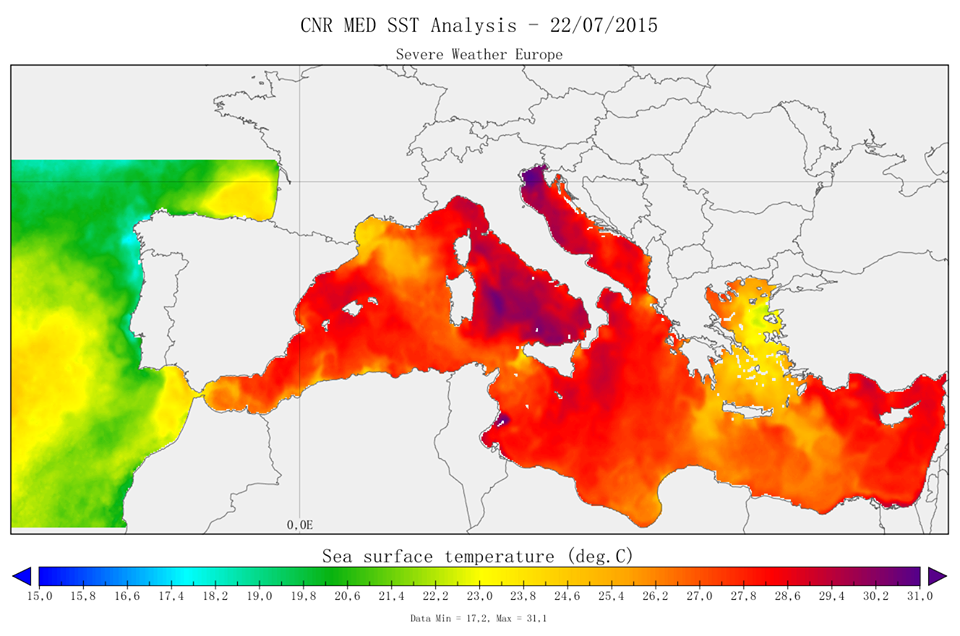
October
The thermometer rarely rises above +13°C…+16°C during the day, and up to +5°C…+8°C at night. In the Alps, the air temperature reaches +2°C…+12°C. At this time of the year, the mountains meet the first snow. The weather is changeable and it rains two to five days a month. The average water temperature is +14°C – the swimming season is officially closed. At the beginning of the month, Oktoberfest continues in Munich, and a colorful light festival takes place in Berlin.
November
Dampness and coolness herald the imminent arrival of winter. It often rains and fogs in the mornings. The thermometer shows +6°C…+9°C during the day and -1°C…+5°C at night. In the Alps, temperatures drop to -2°C. At the end of the month, the Christmas market opens in Stuttgart.
December
Temperatures during the day range from +6°C to -7°C. It is windy outside, and the rain comes to replace the snow.

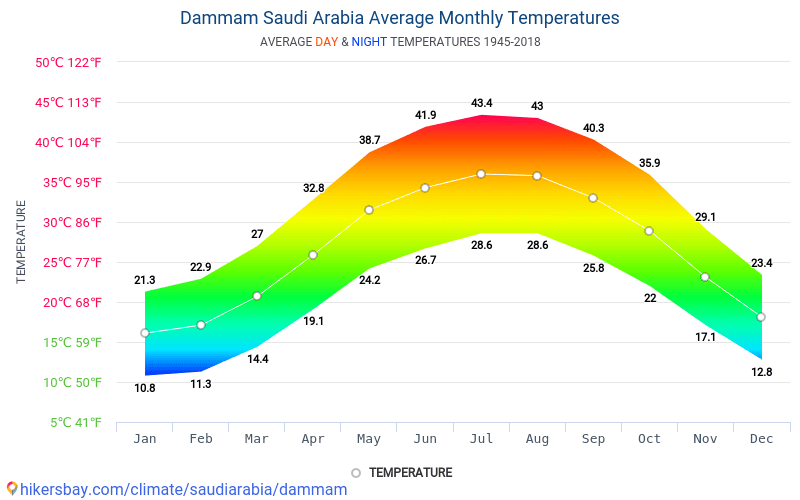 Southern Turkey
Southern Turkey

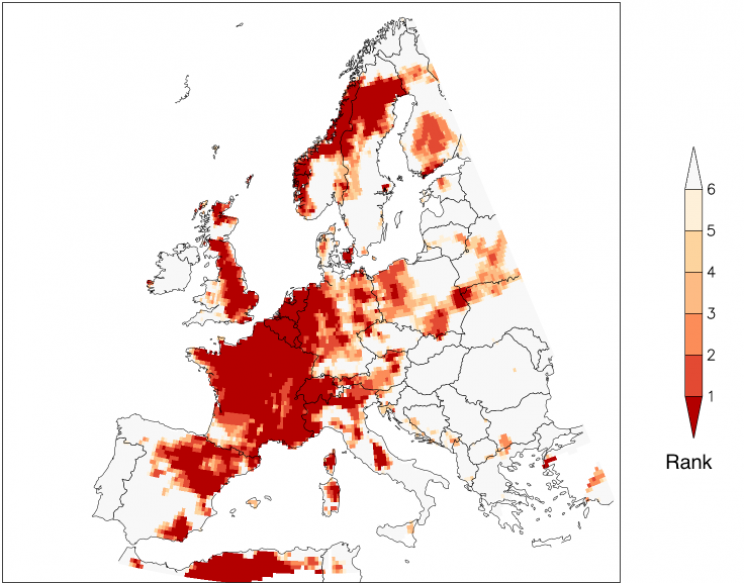

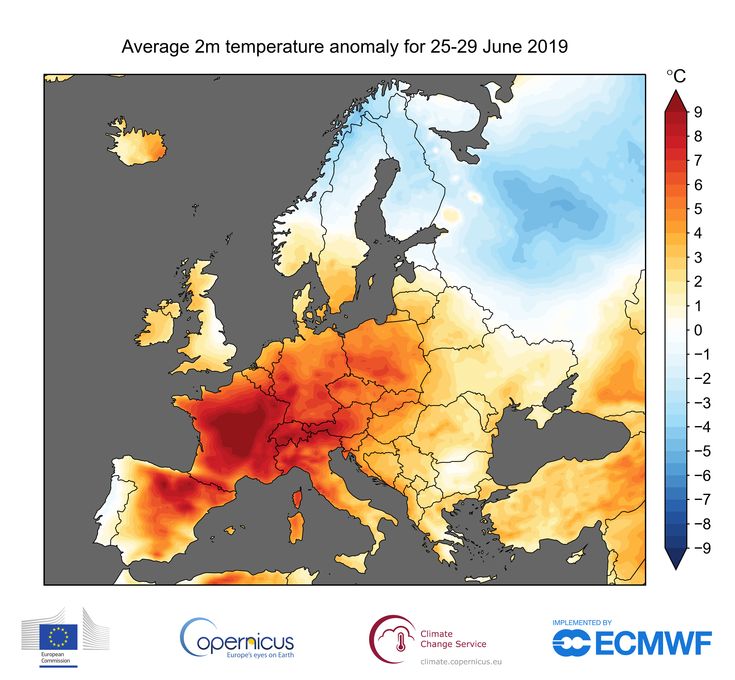 9 mm.)
9 mm.) 6 mm.)
6 mm.)

 4°C , rain 12 days
4°C , rain 12 days 